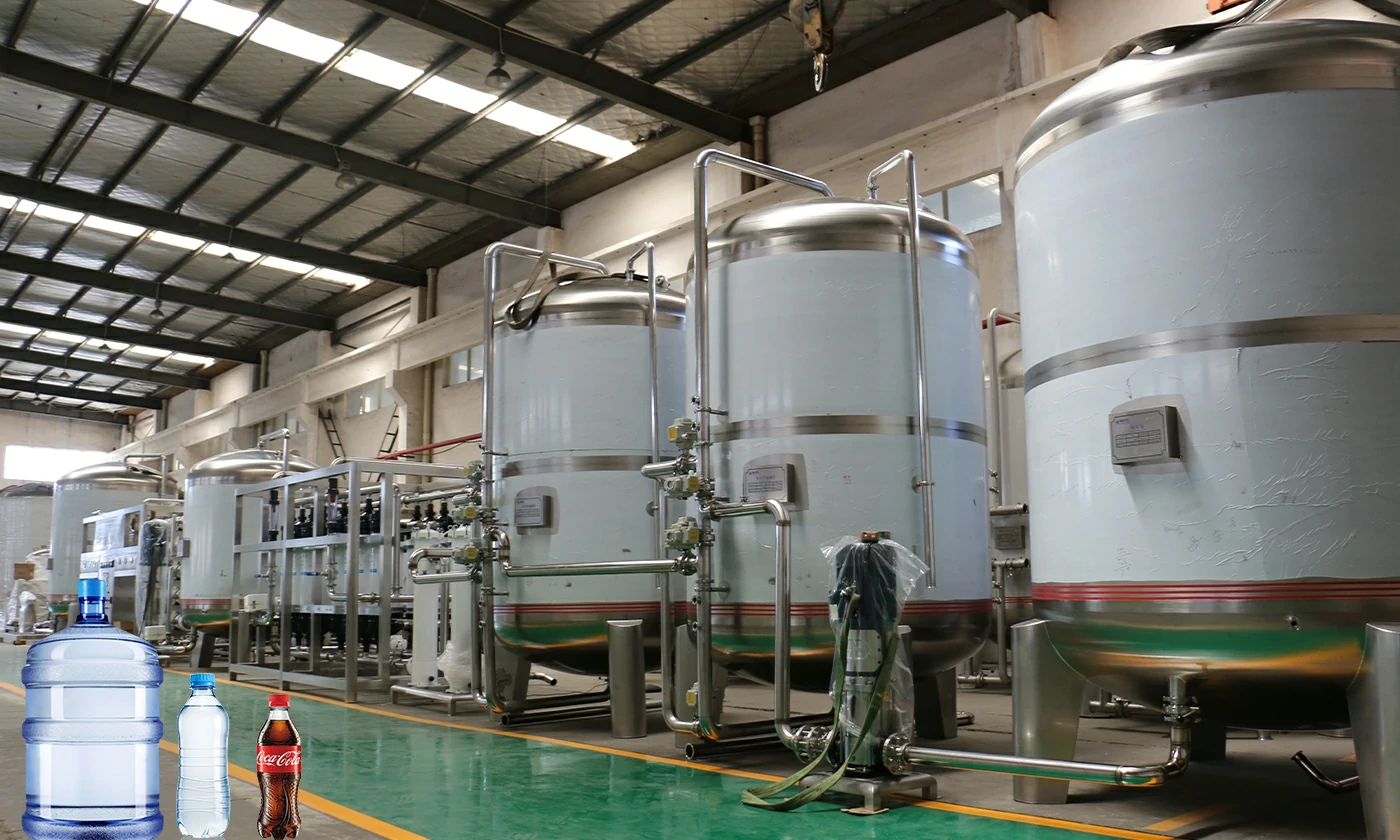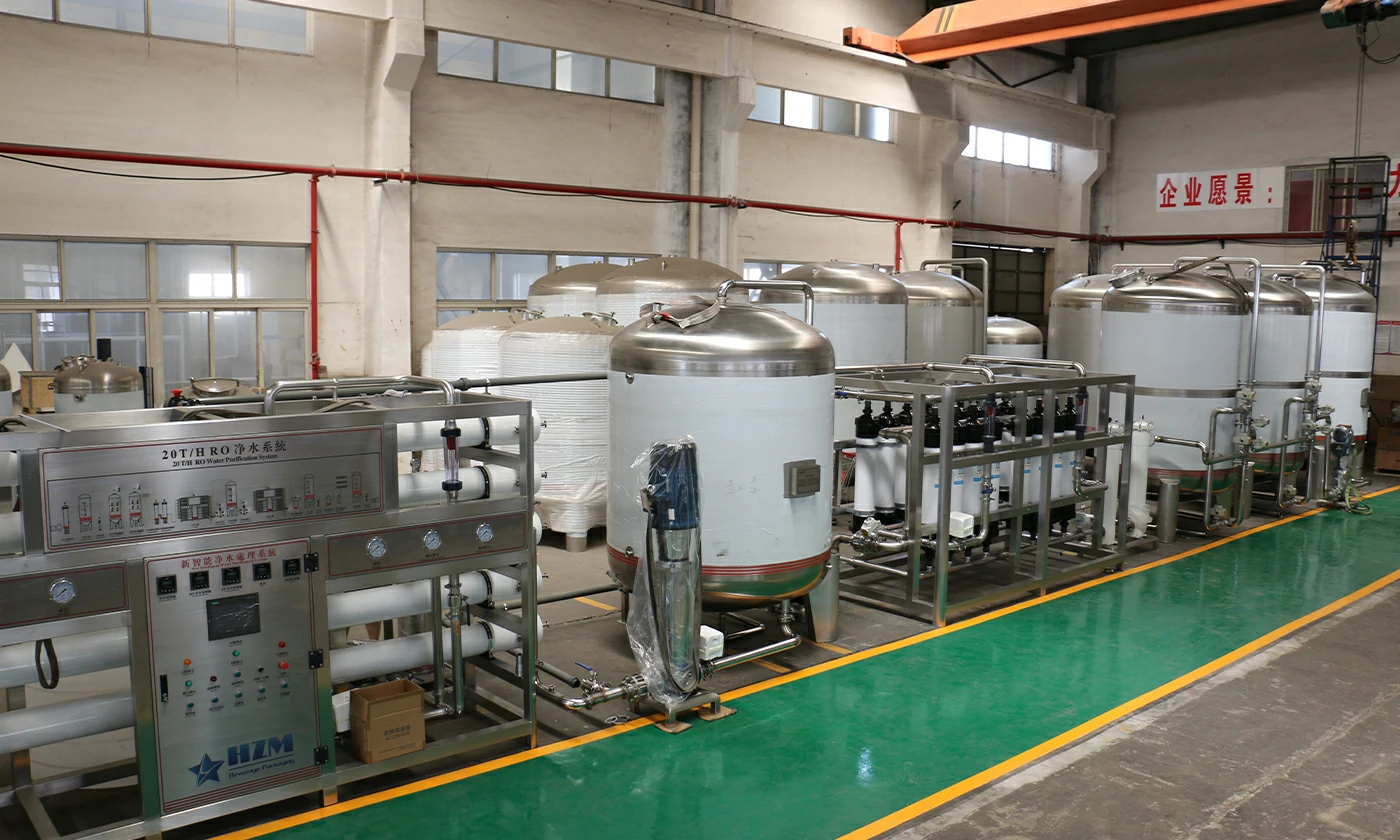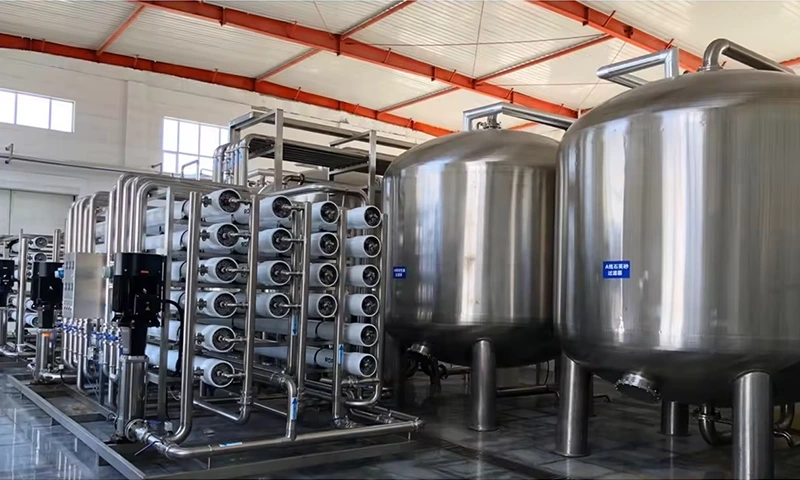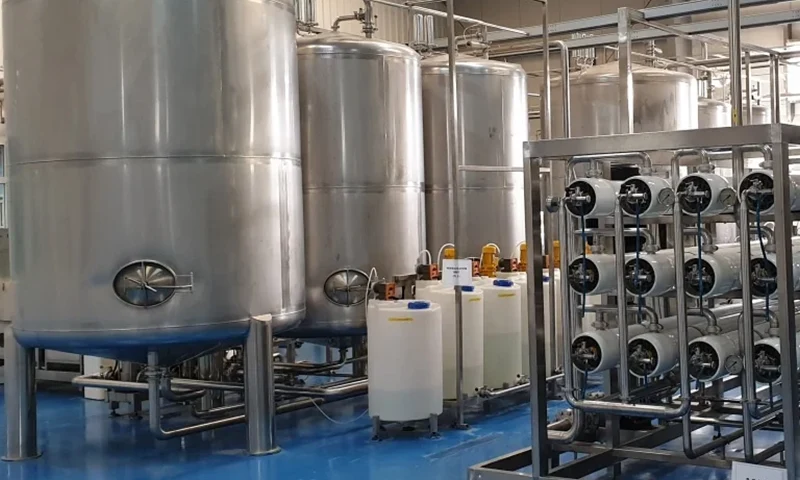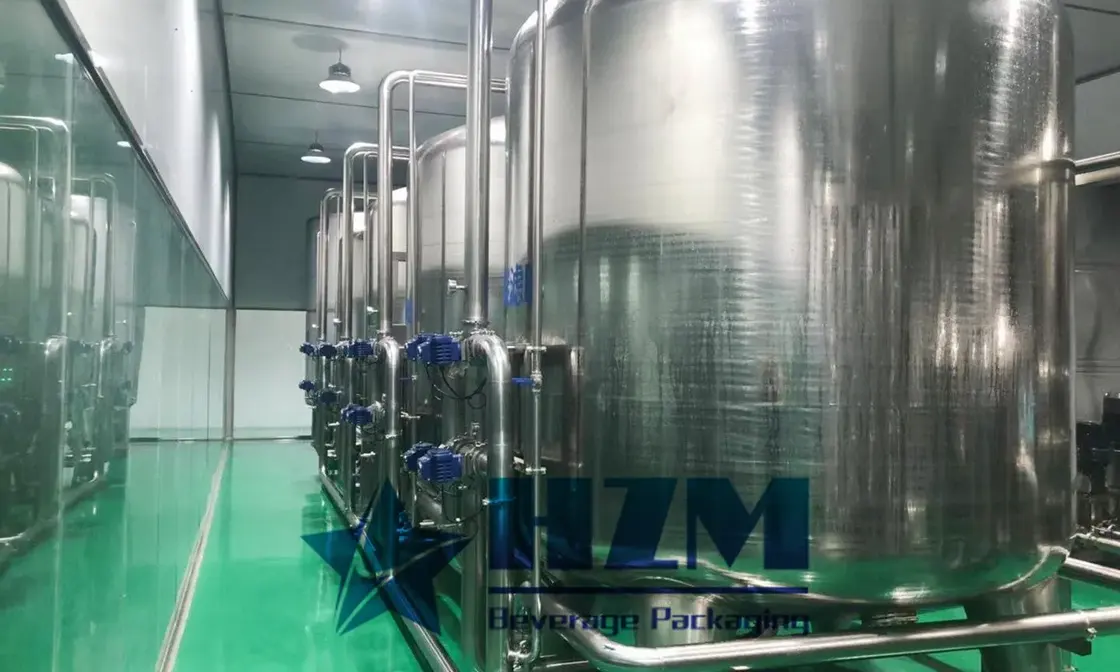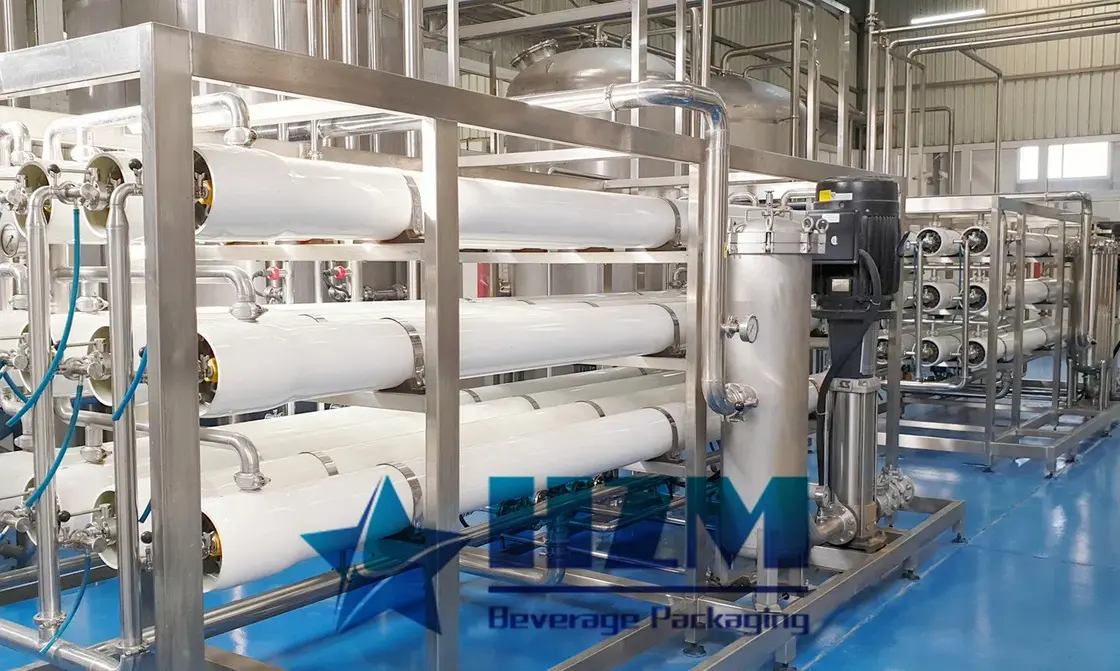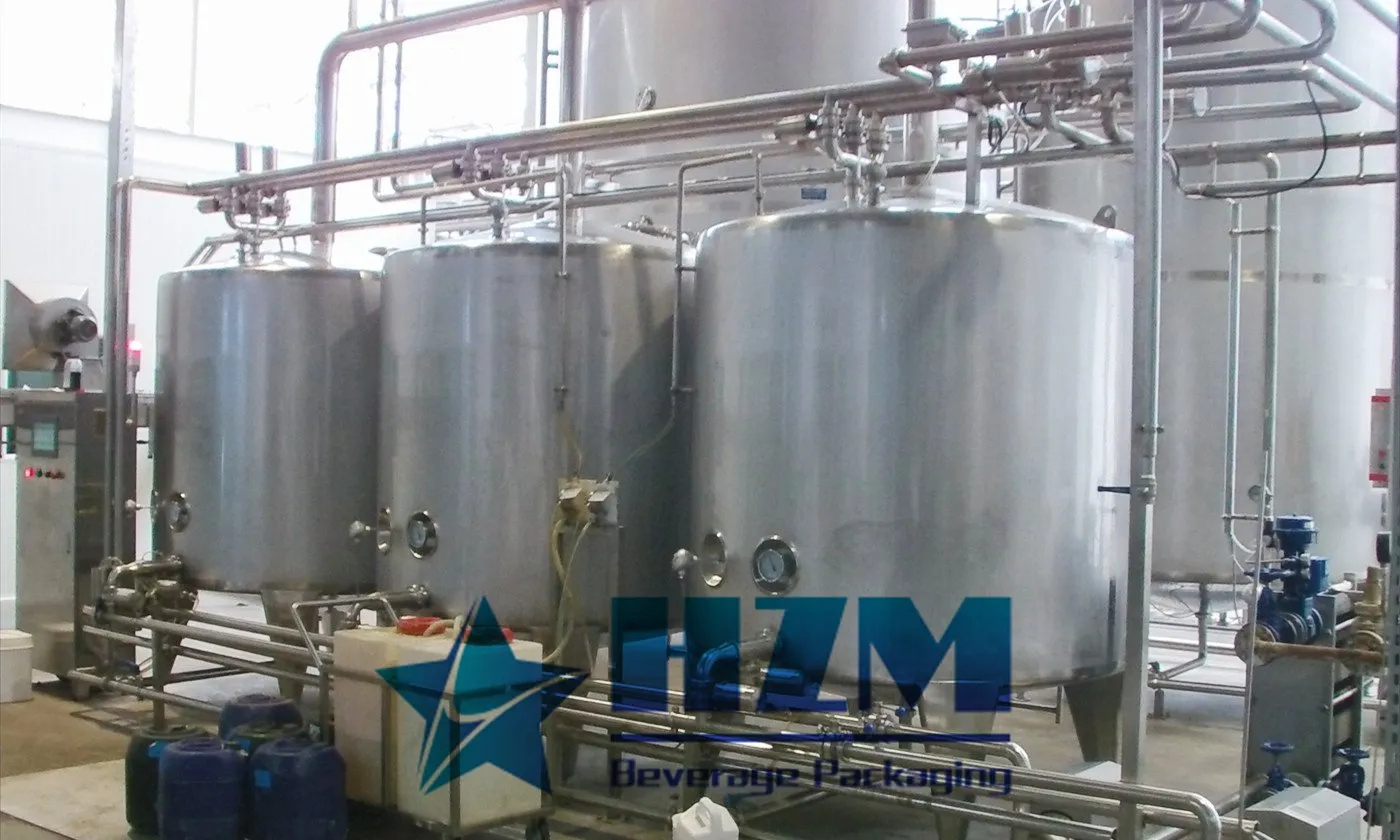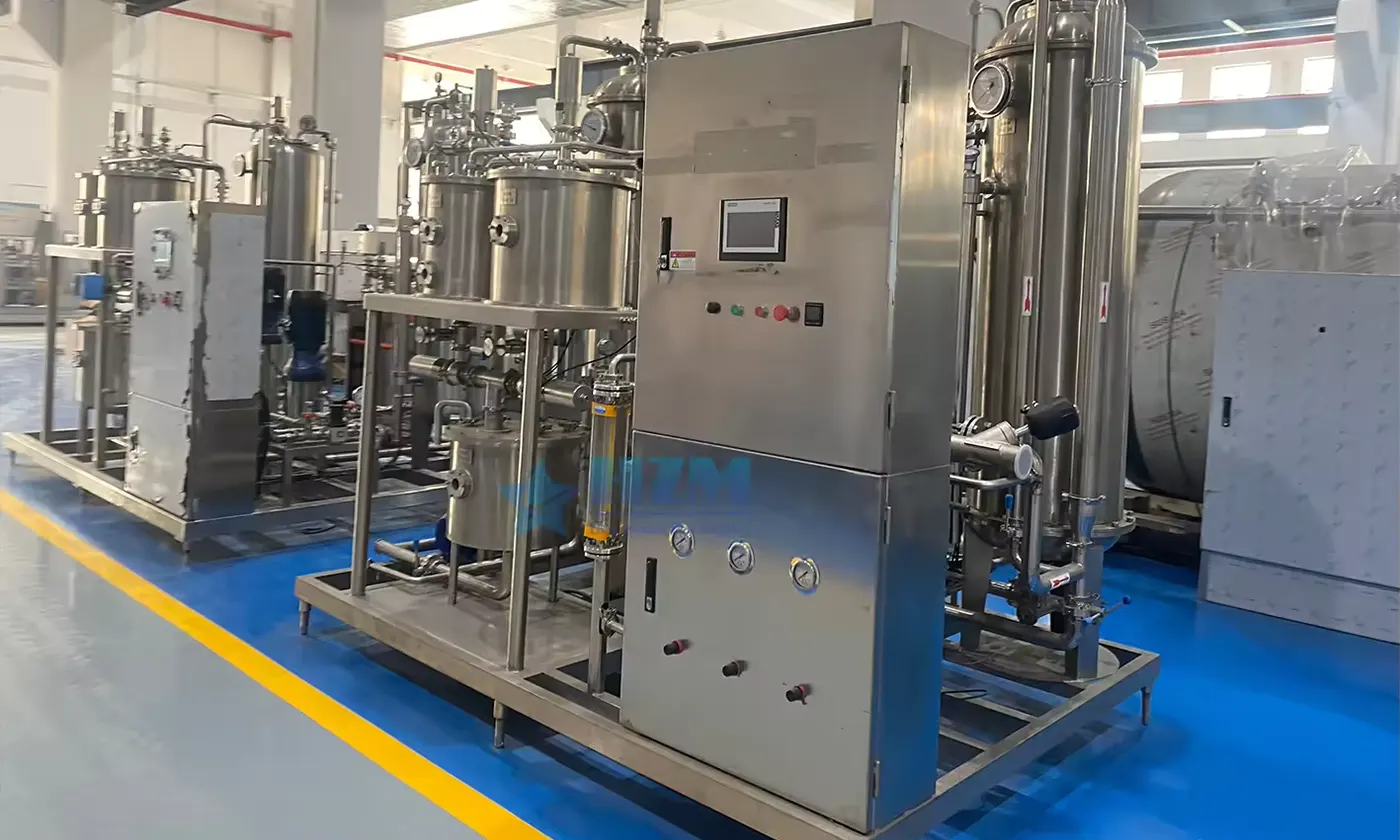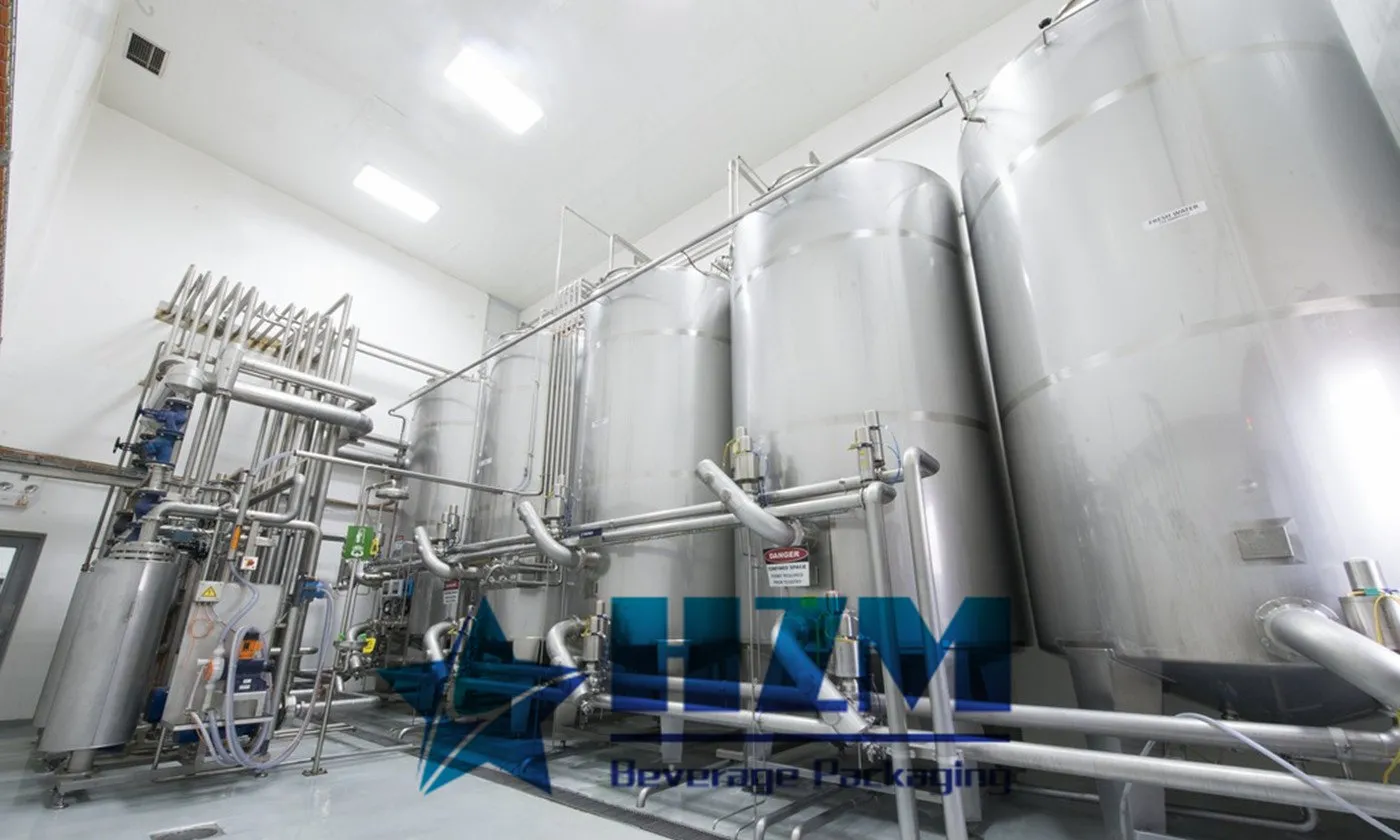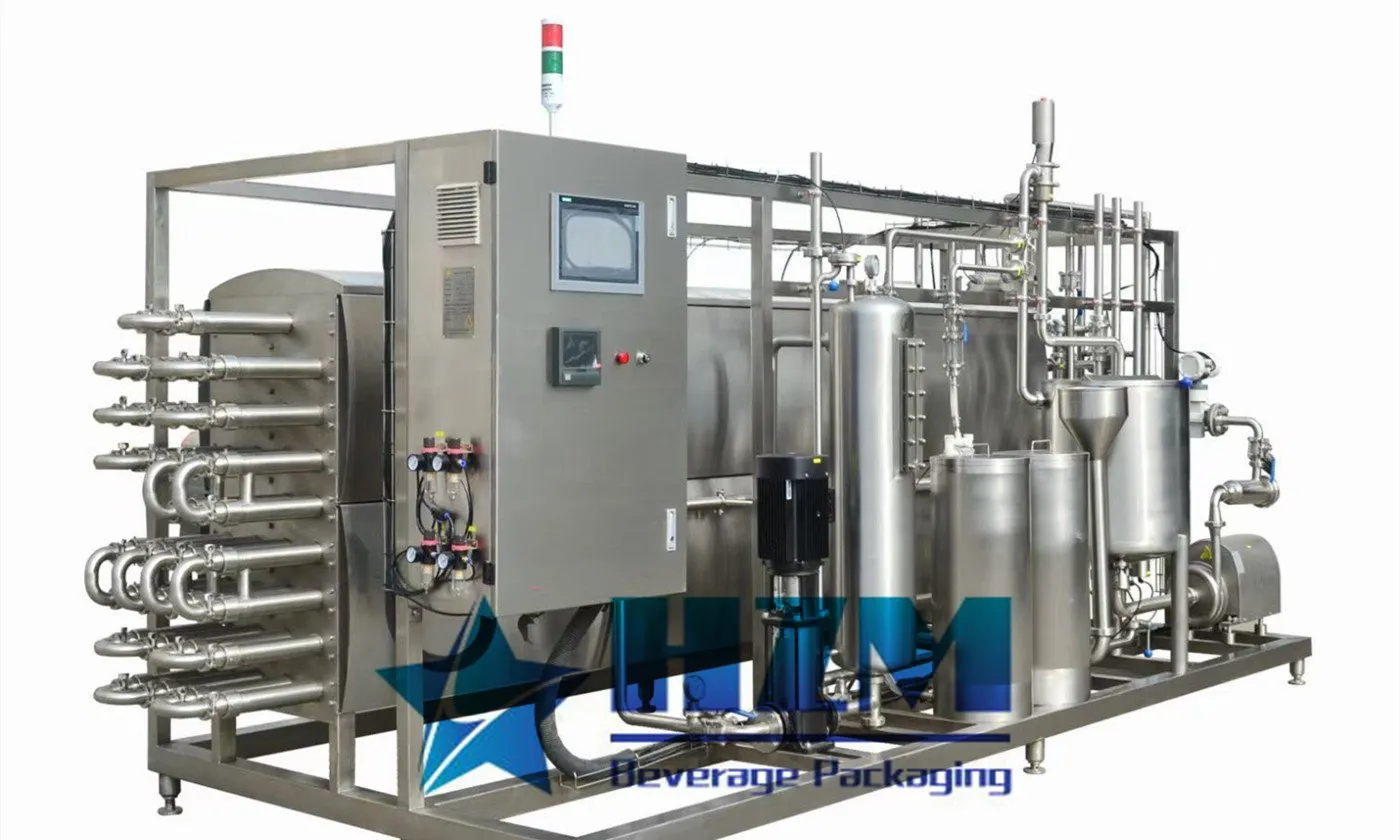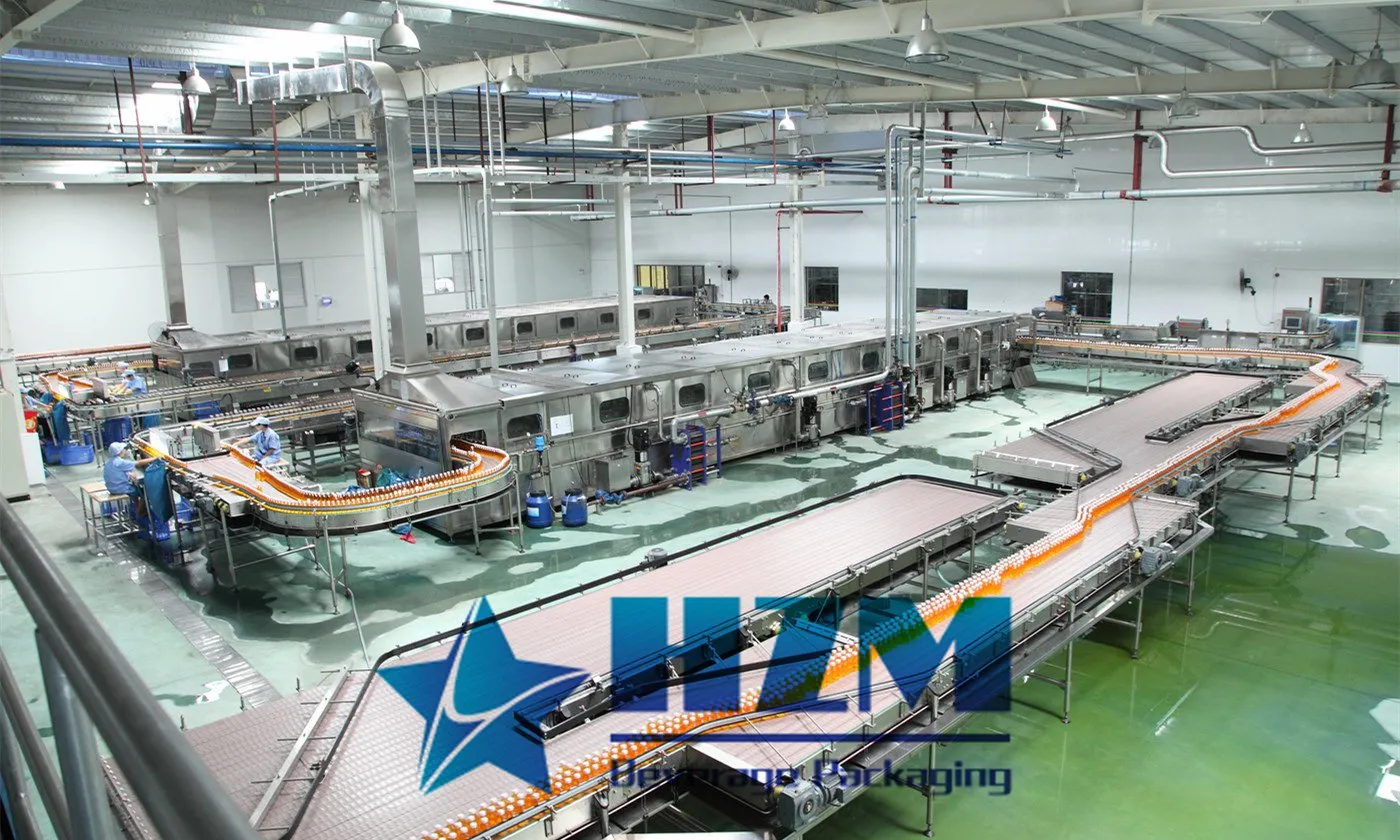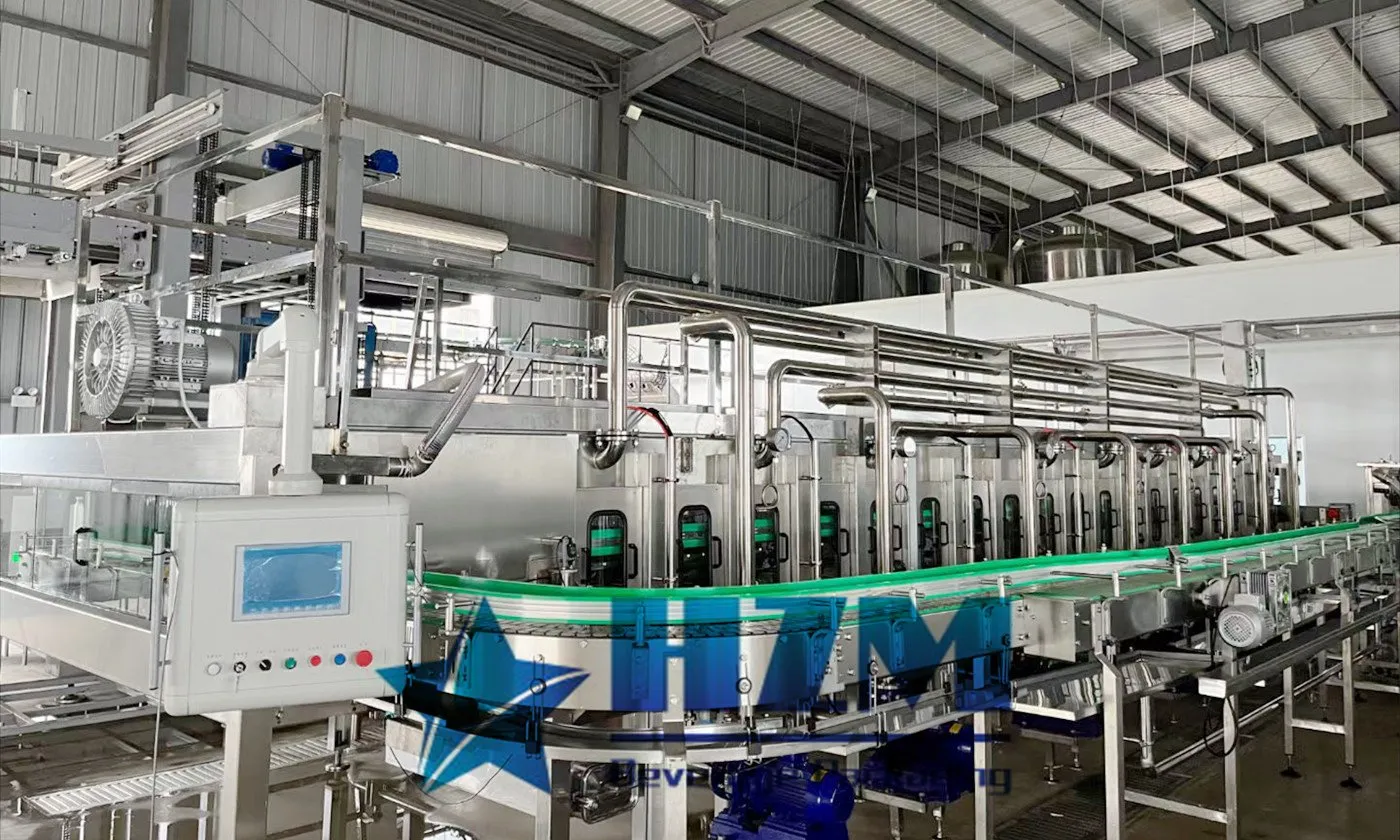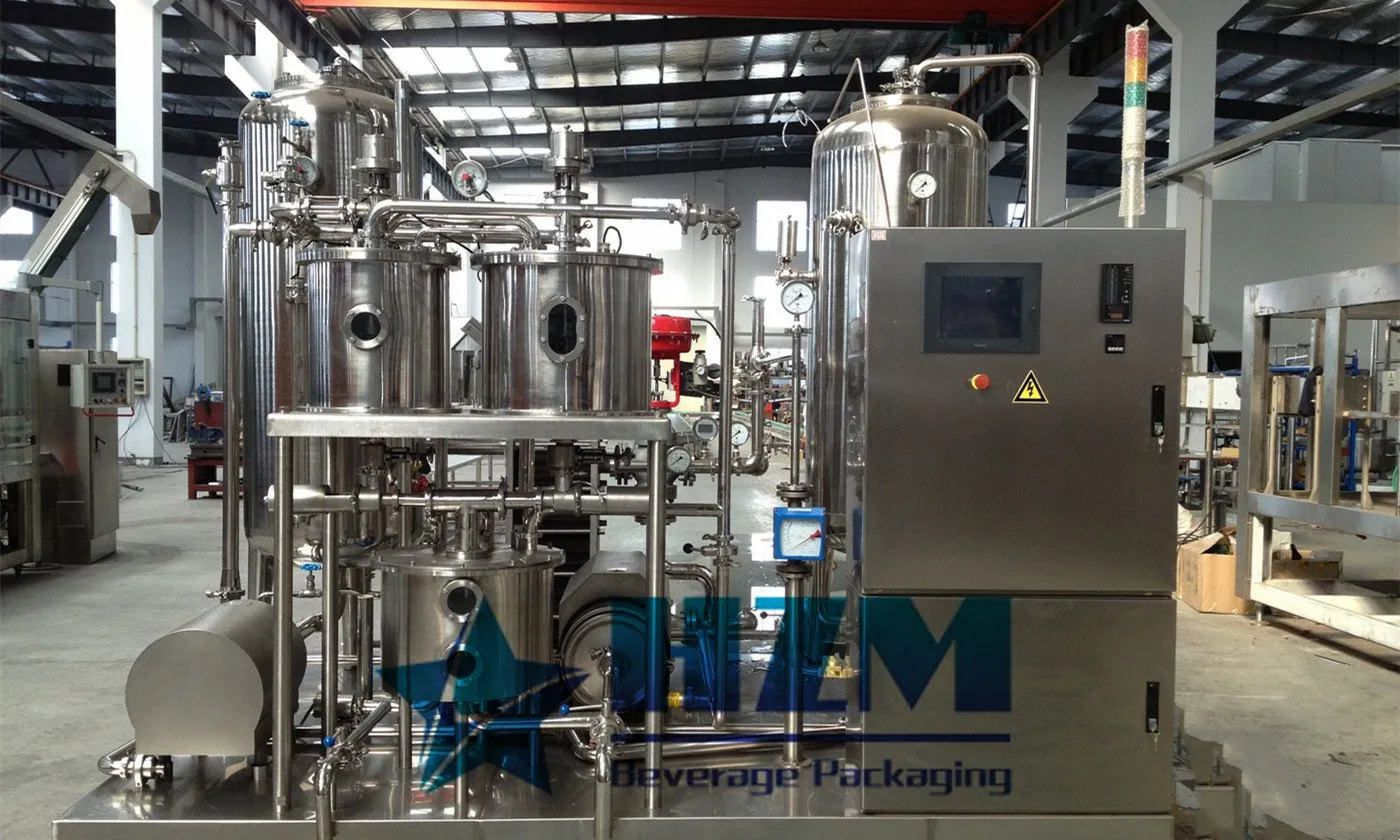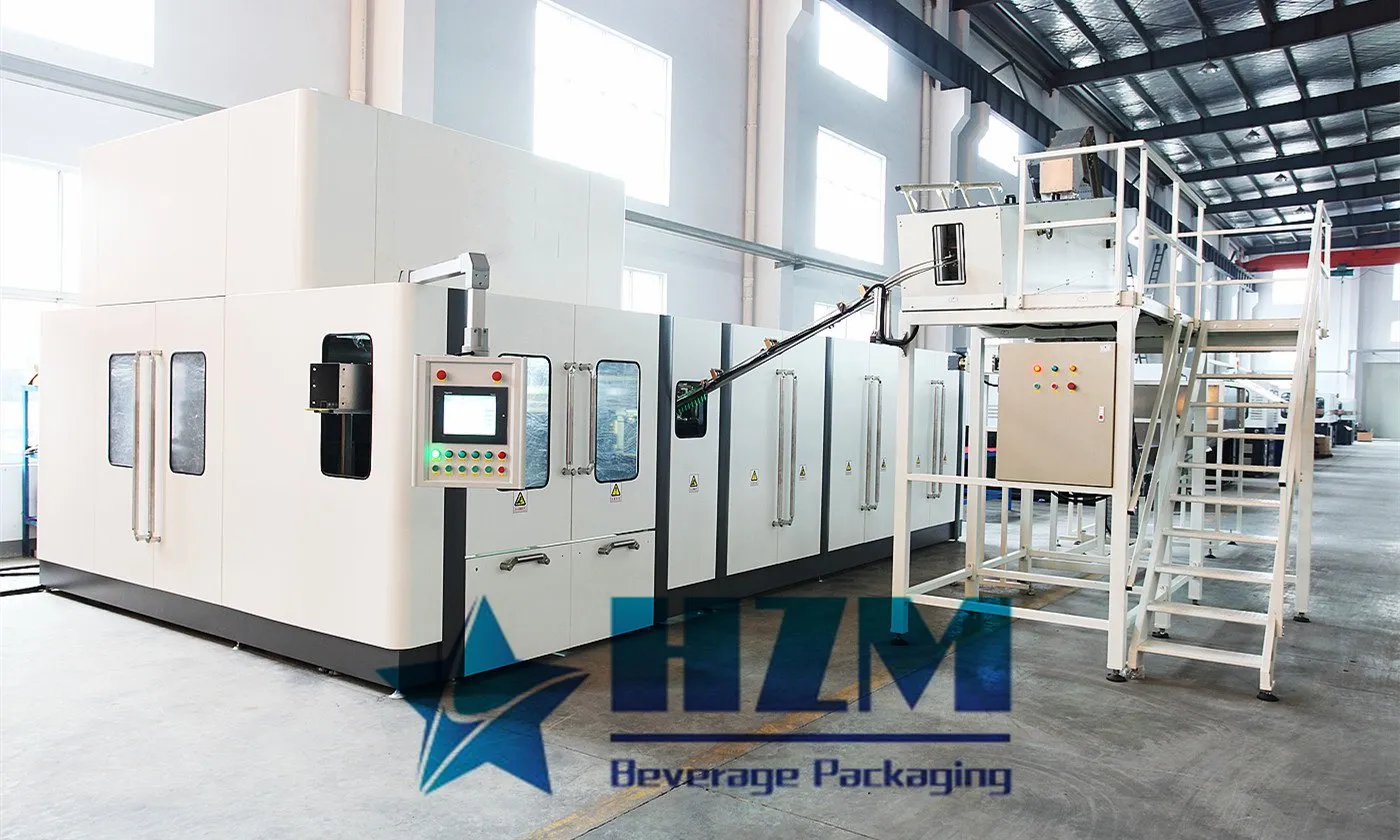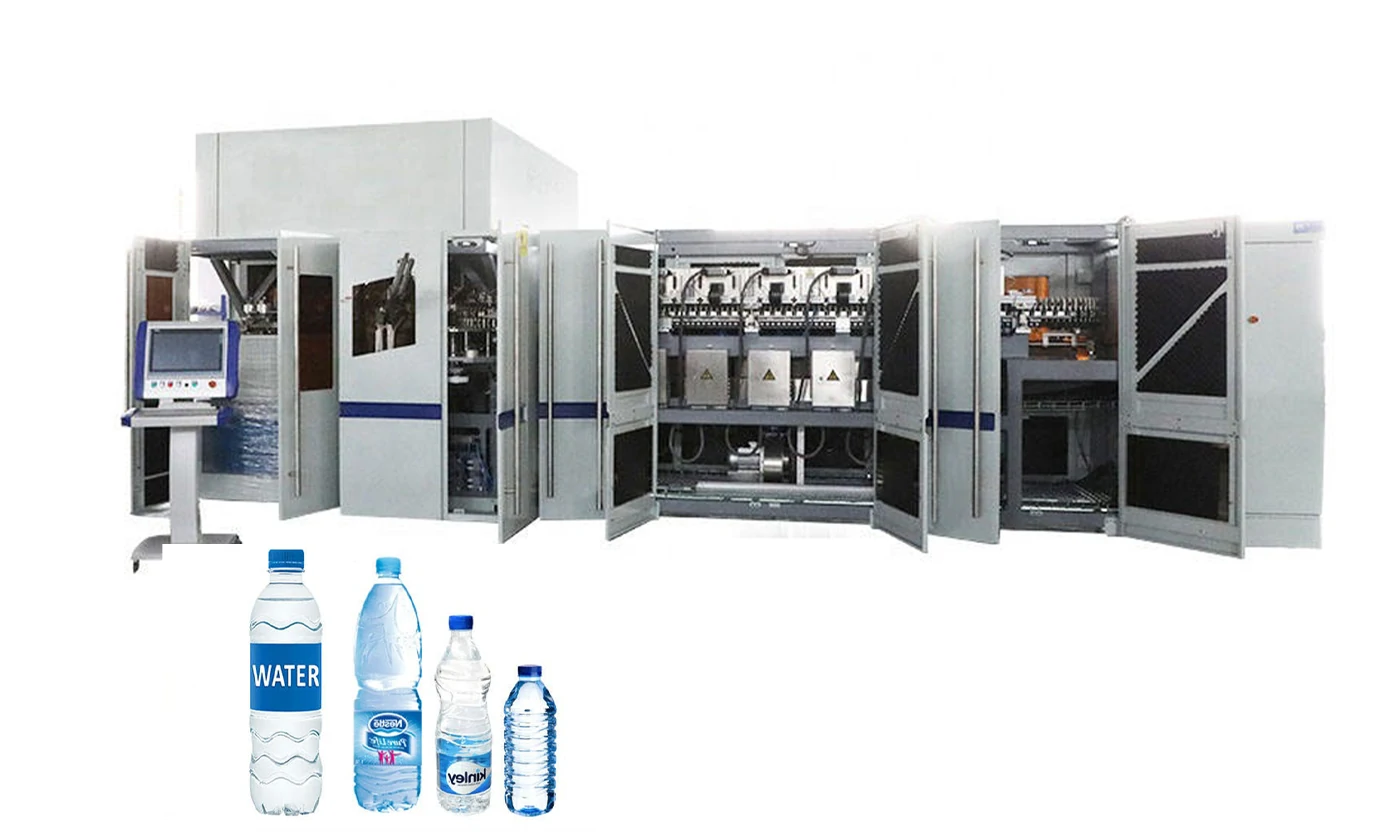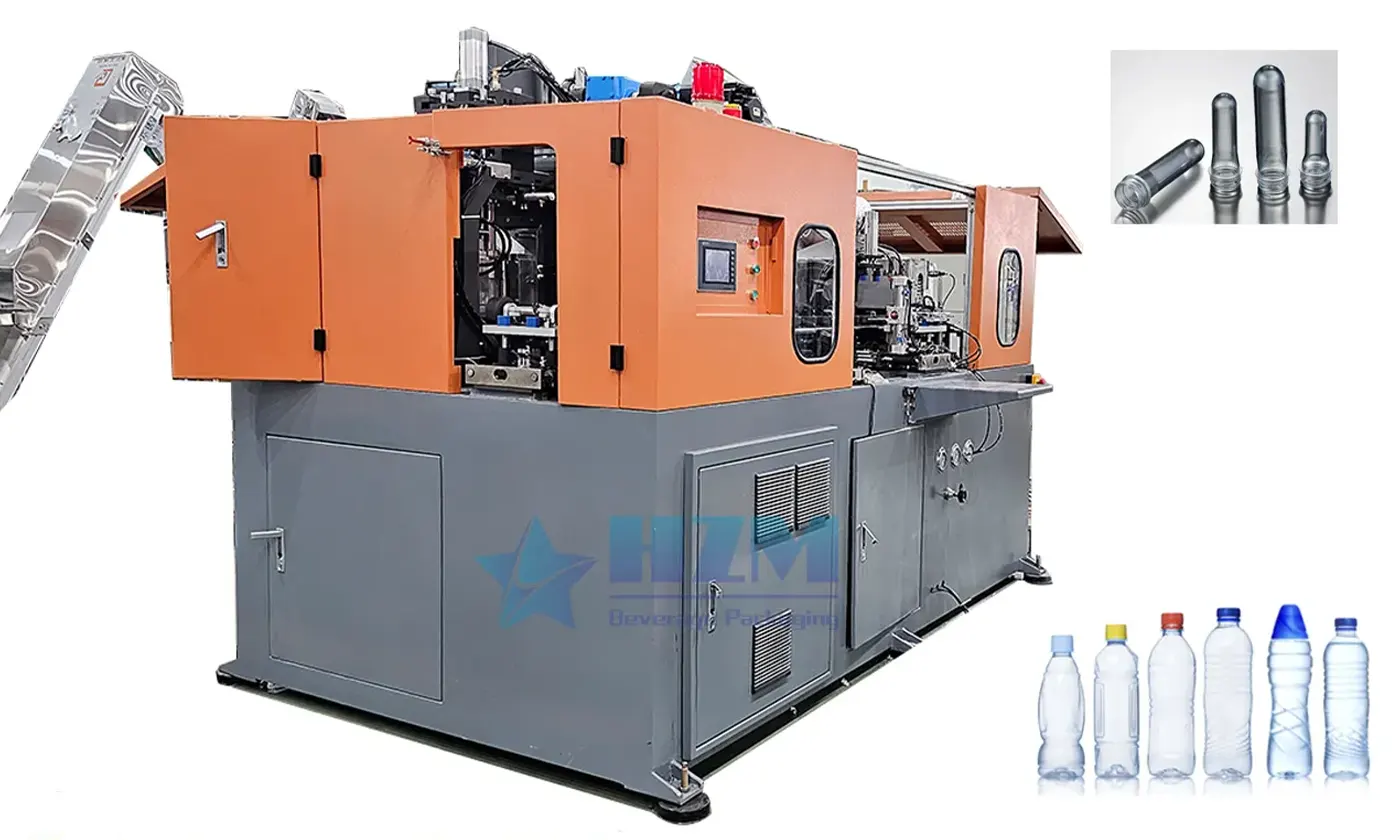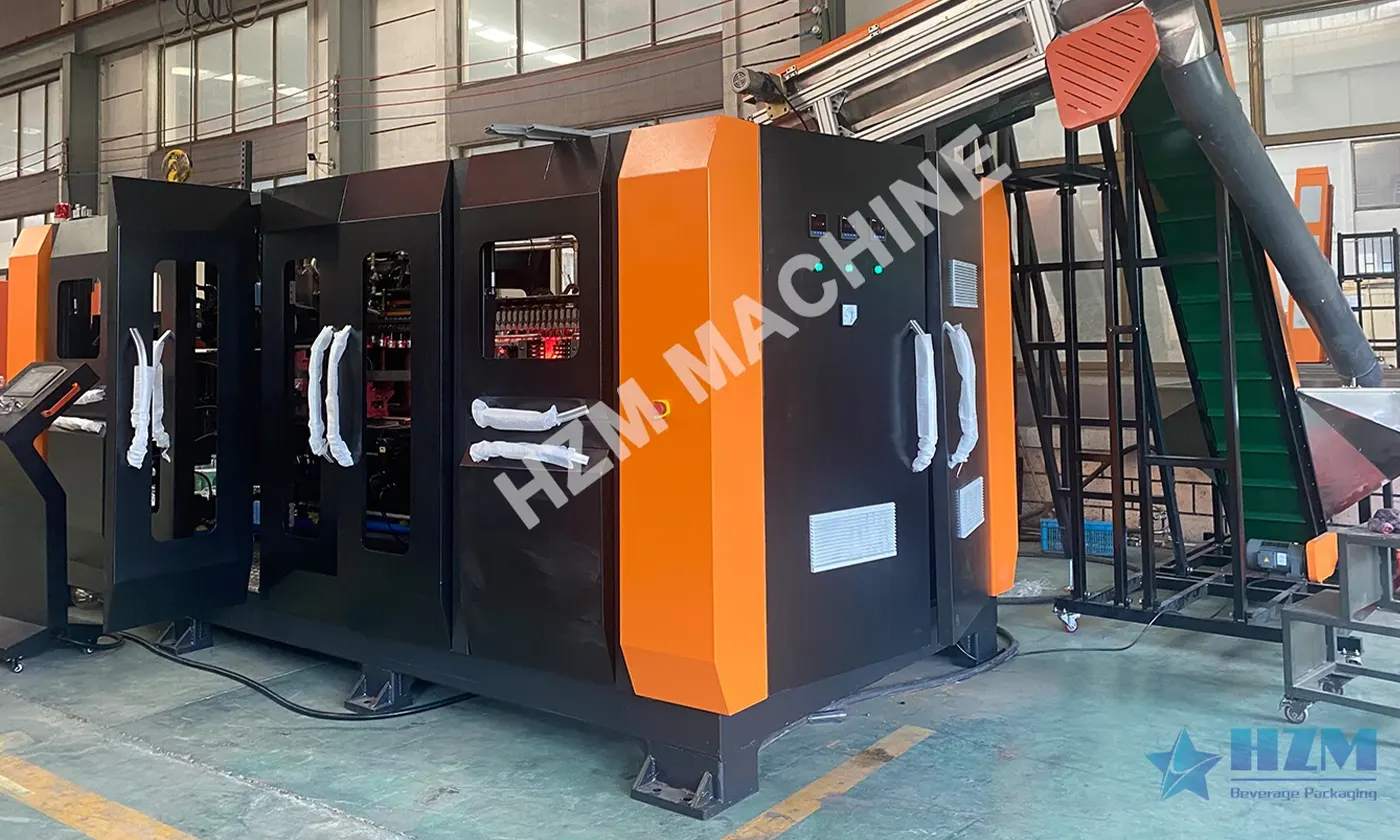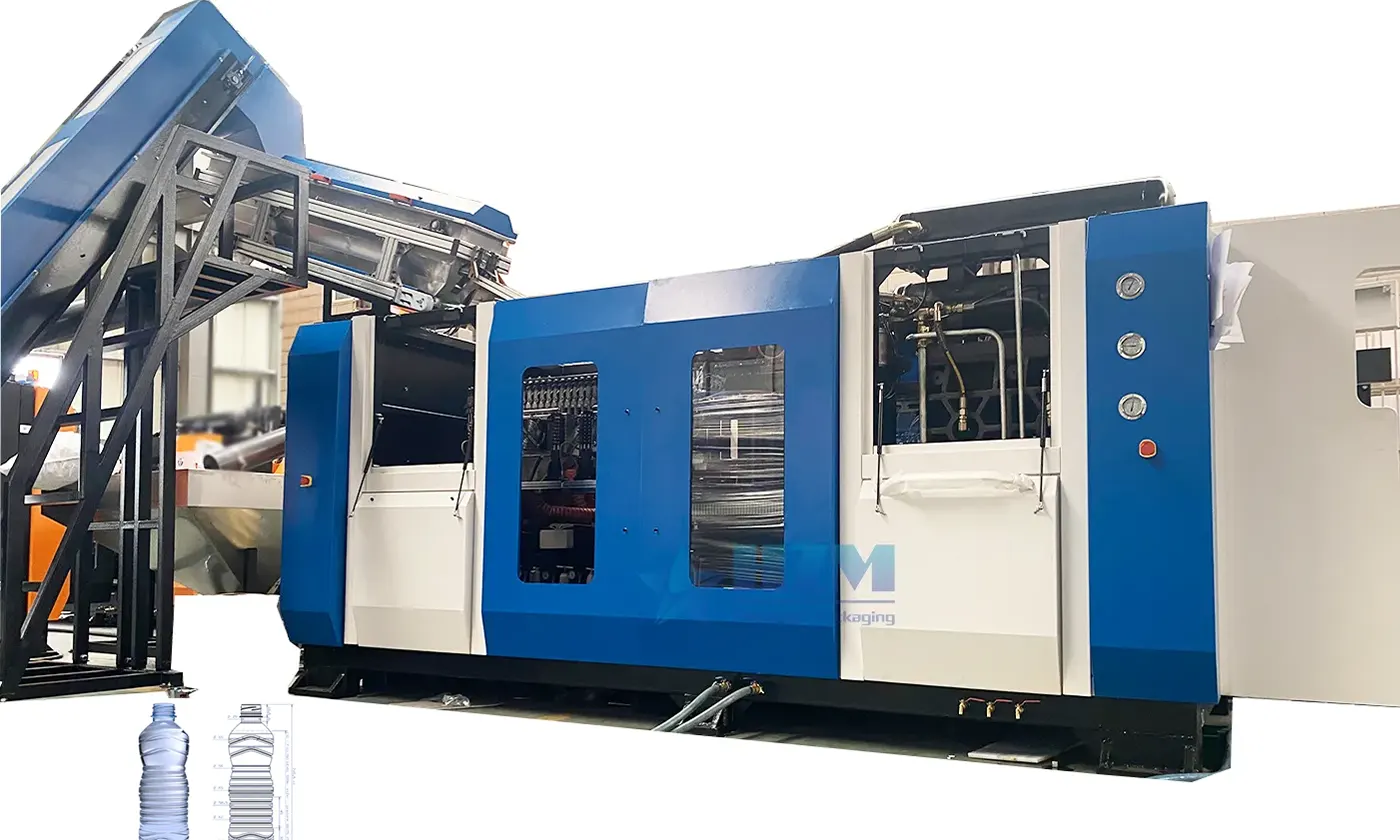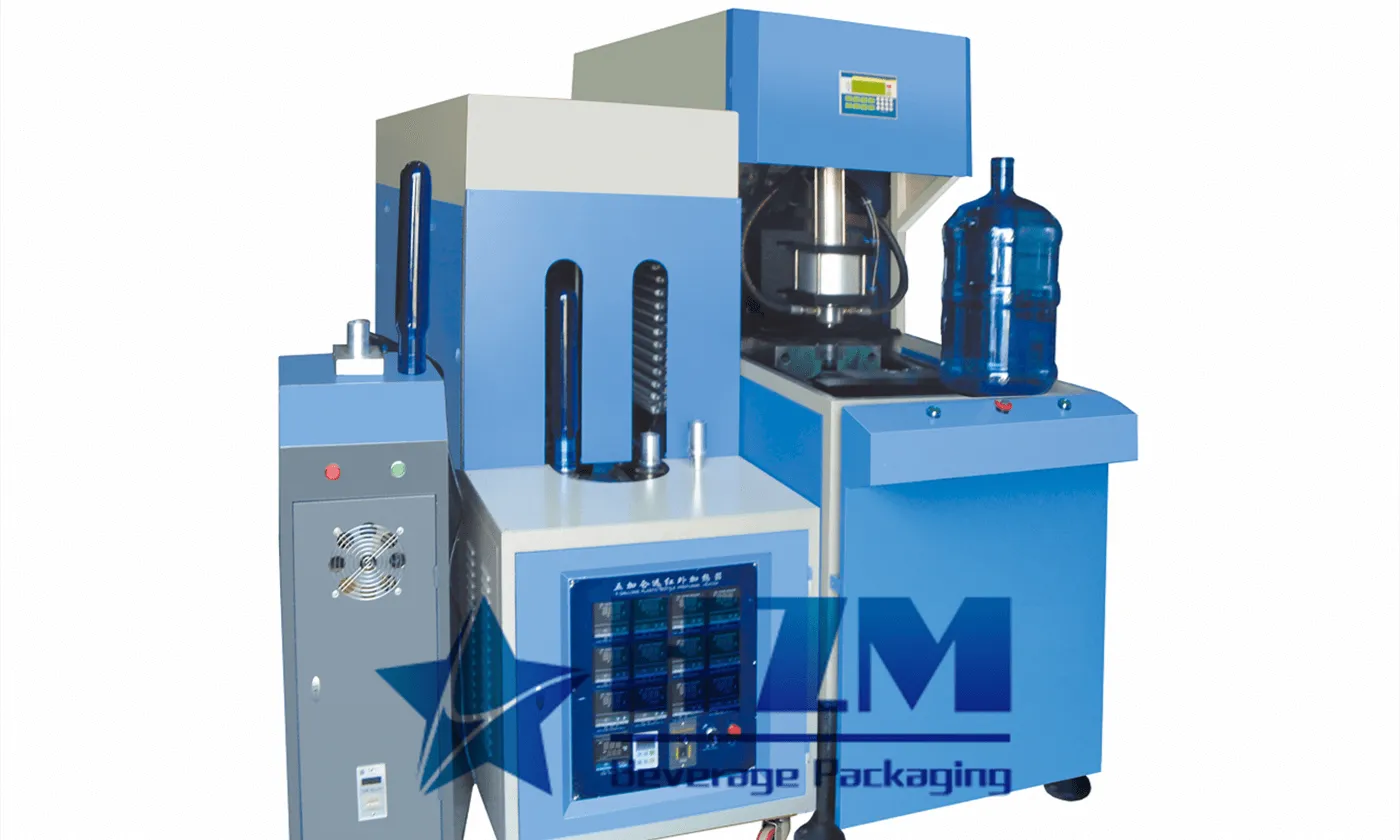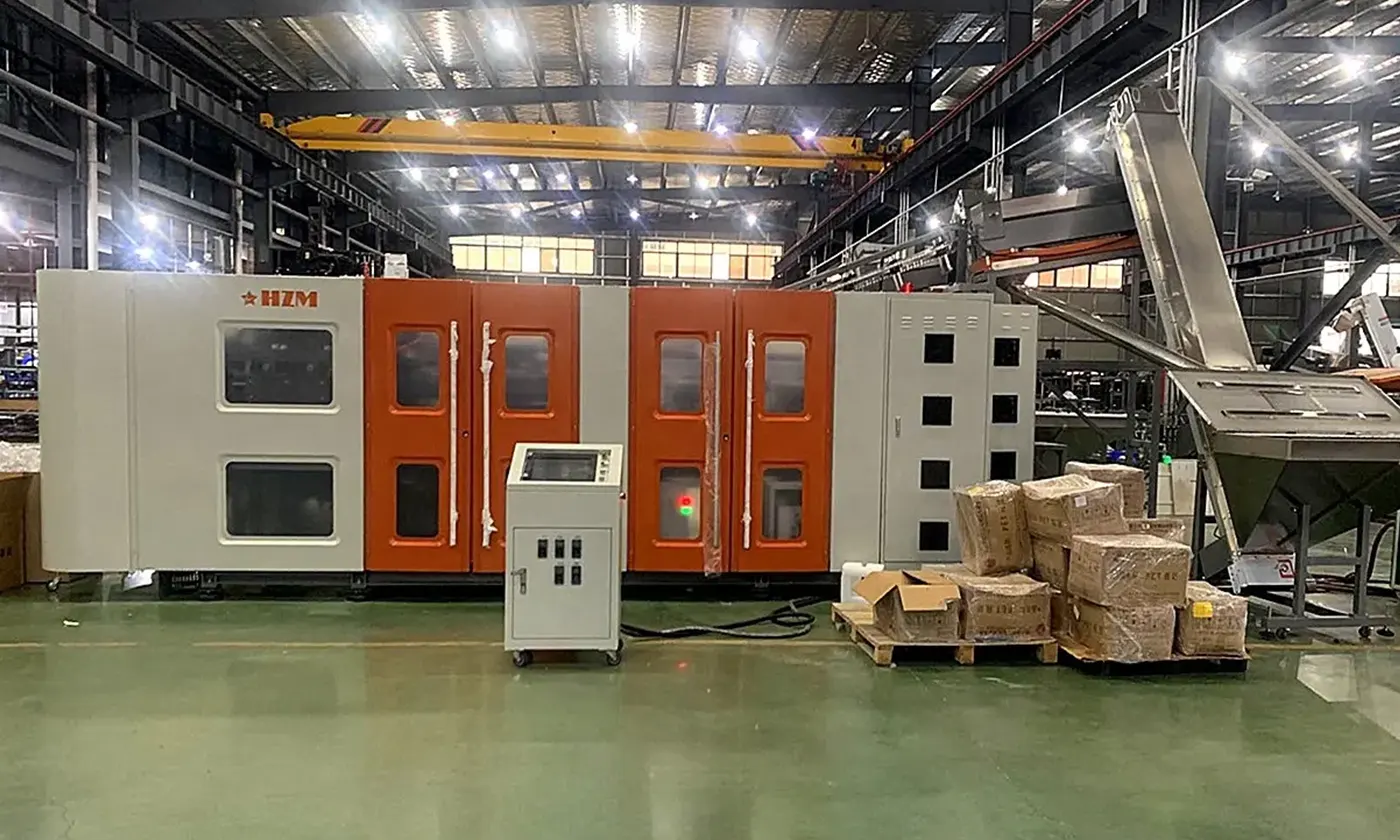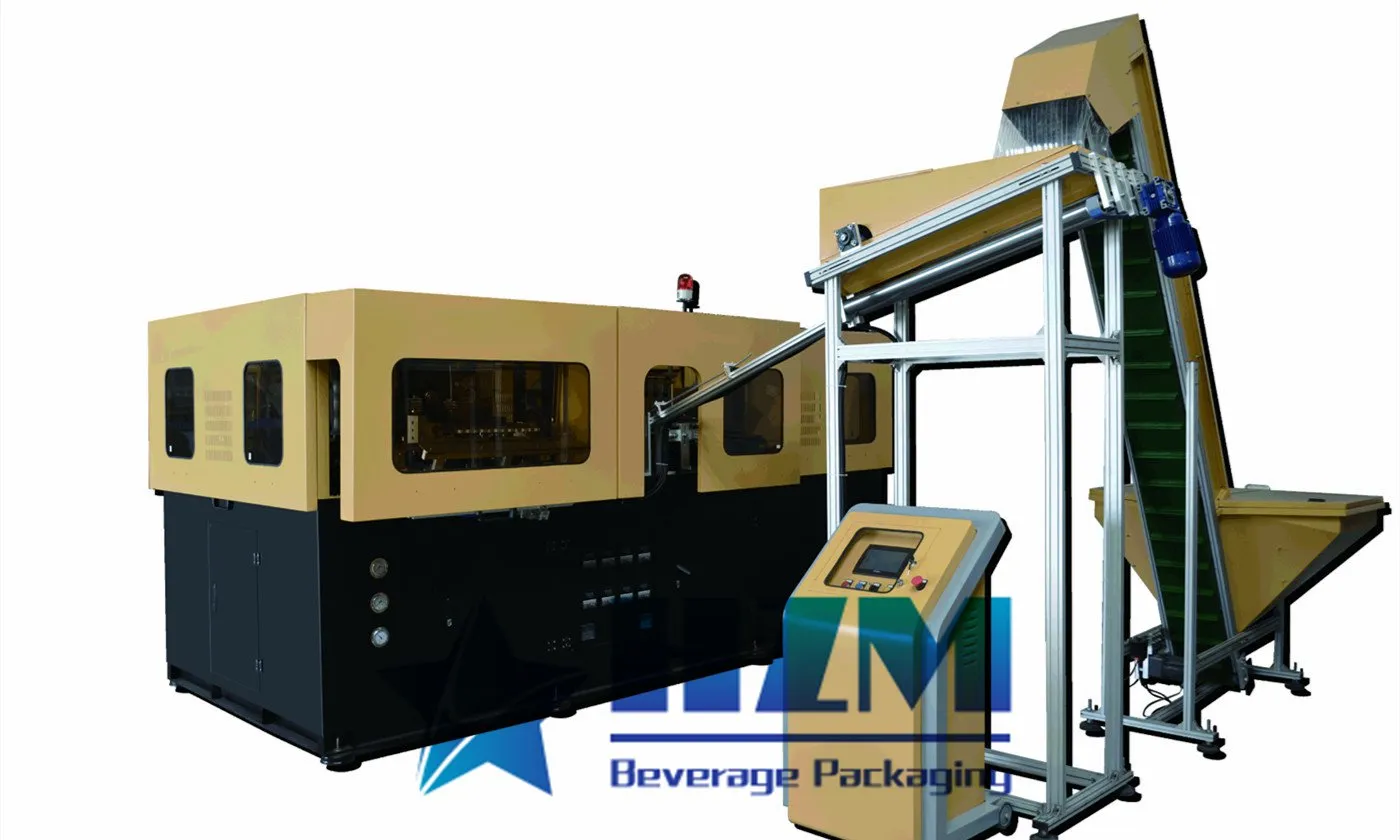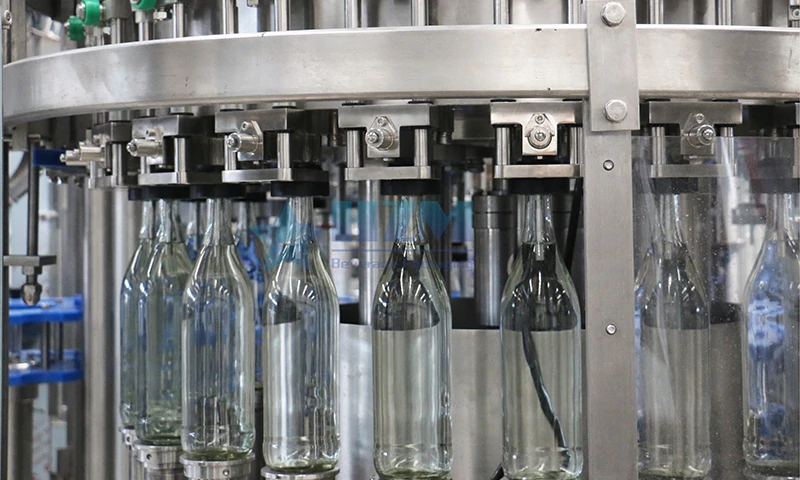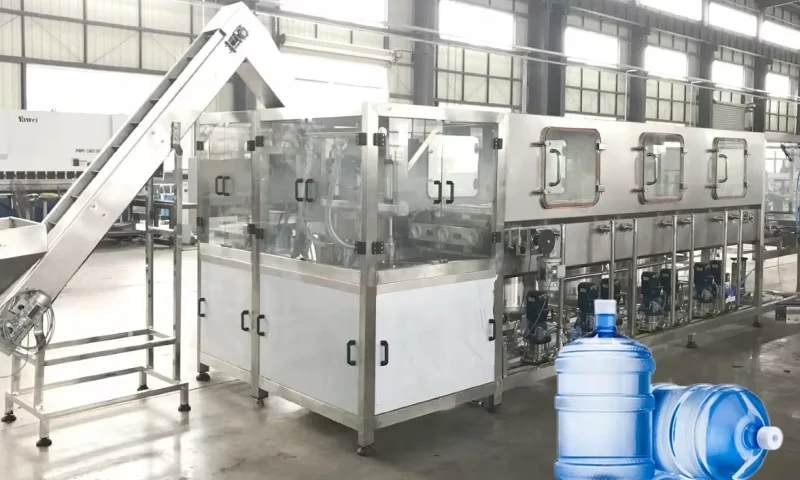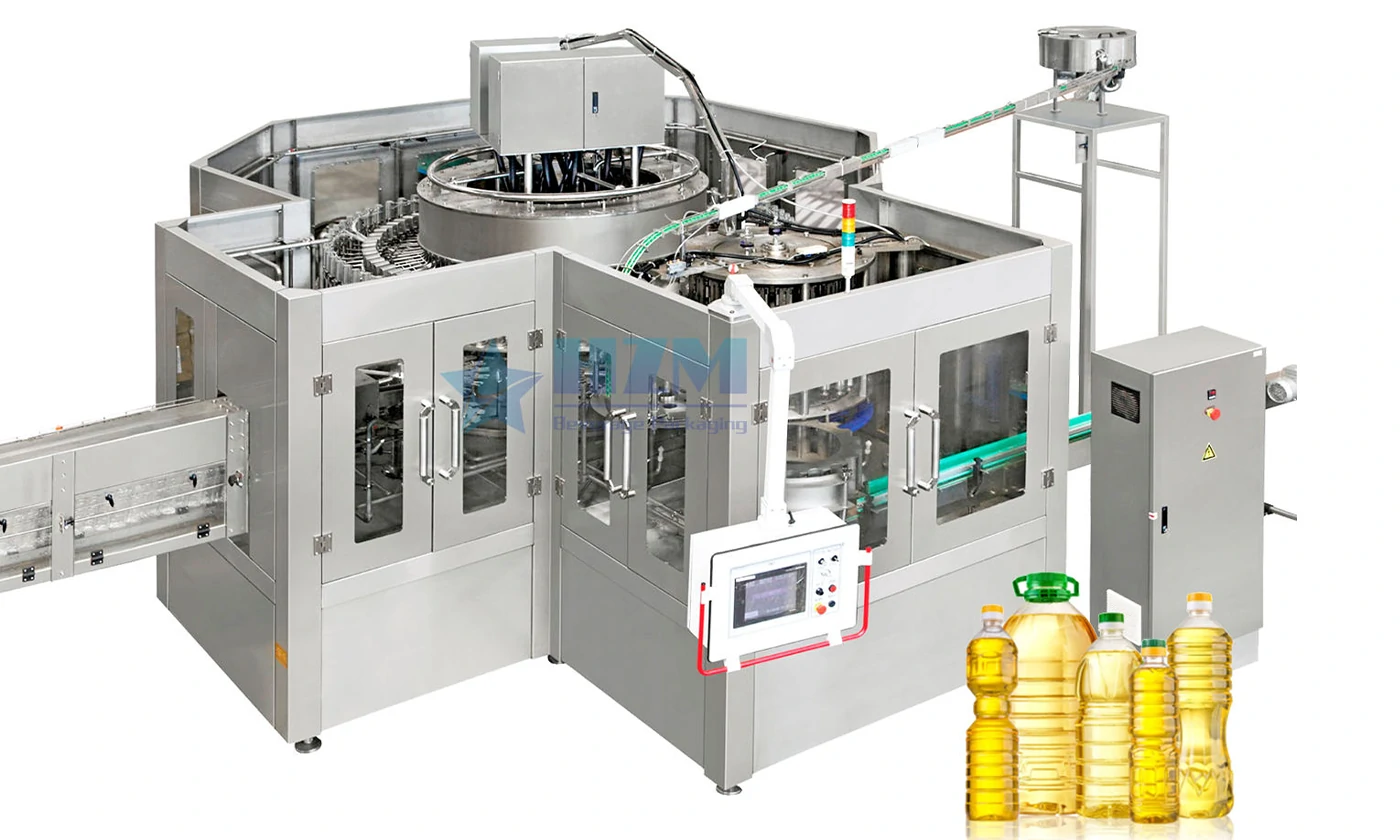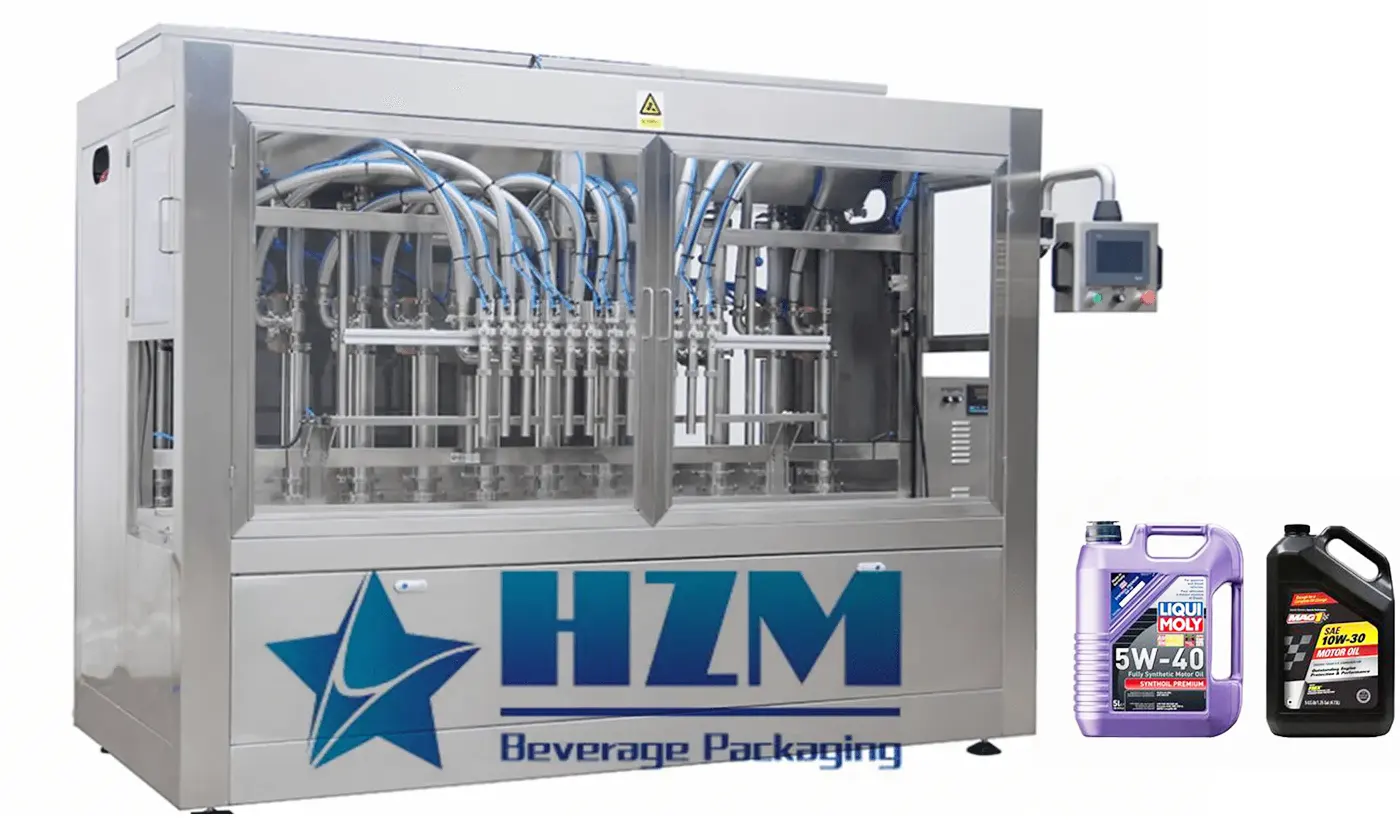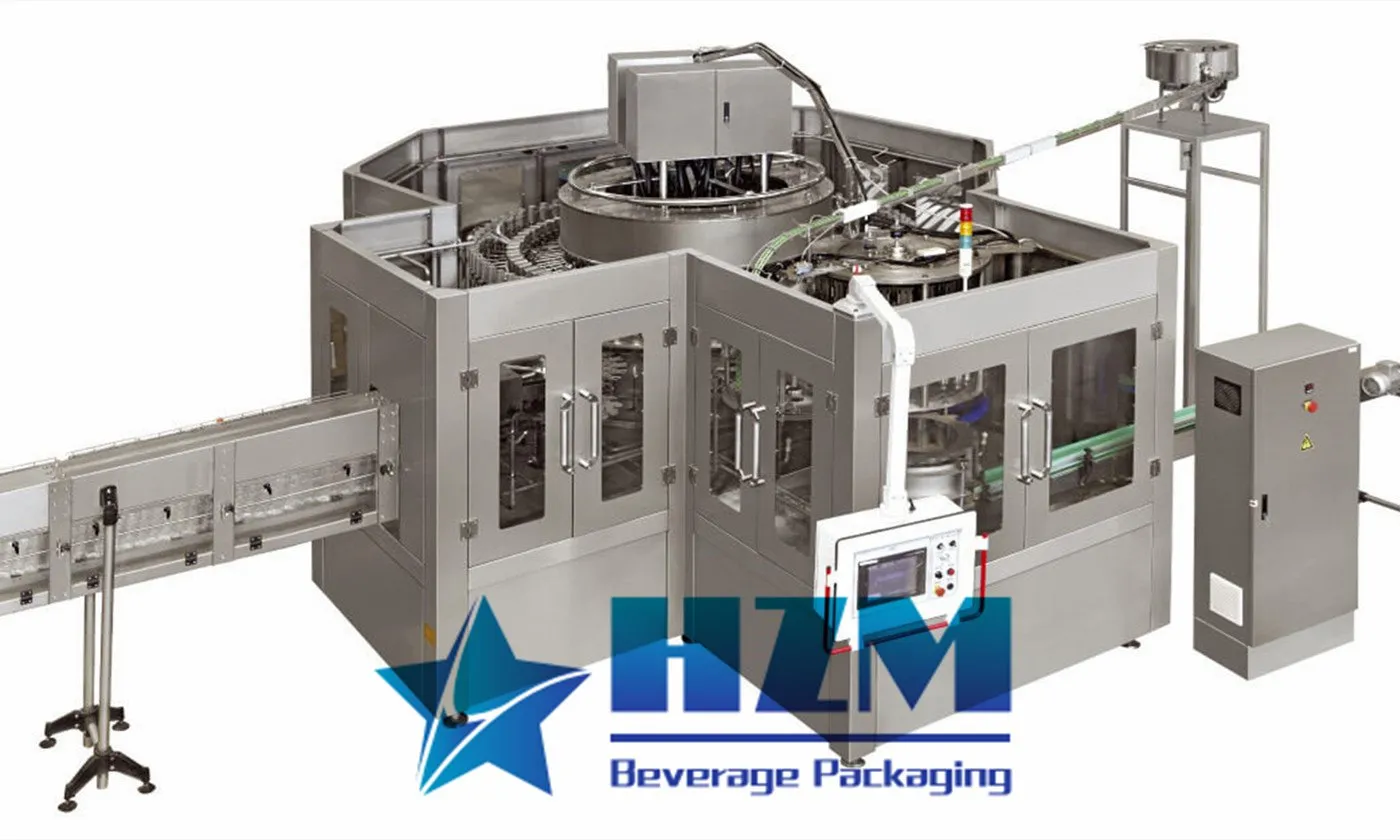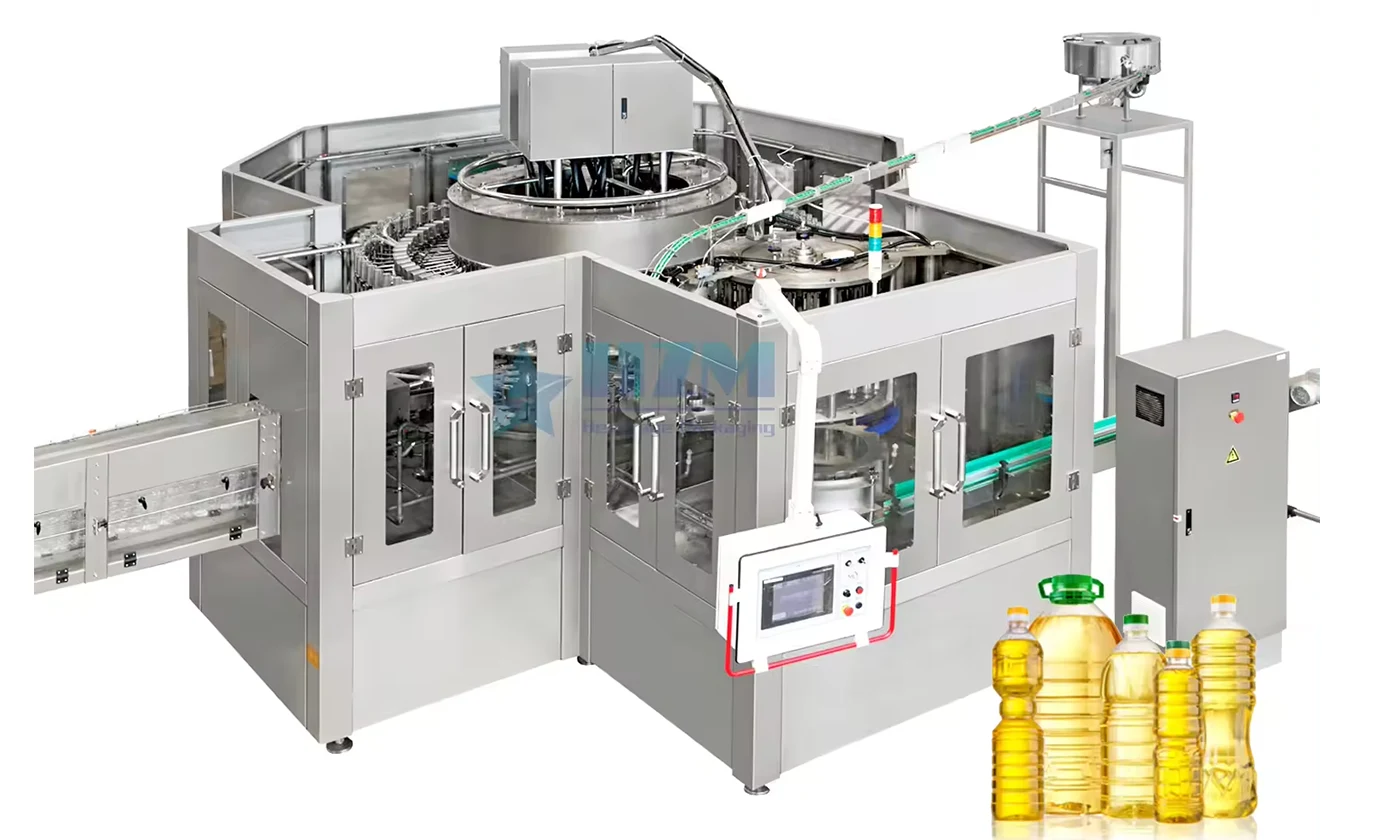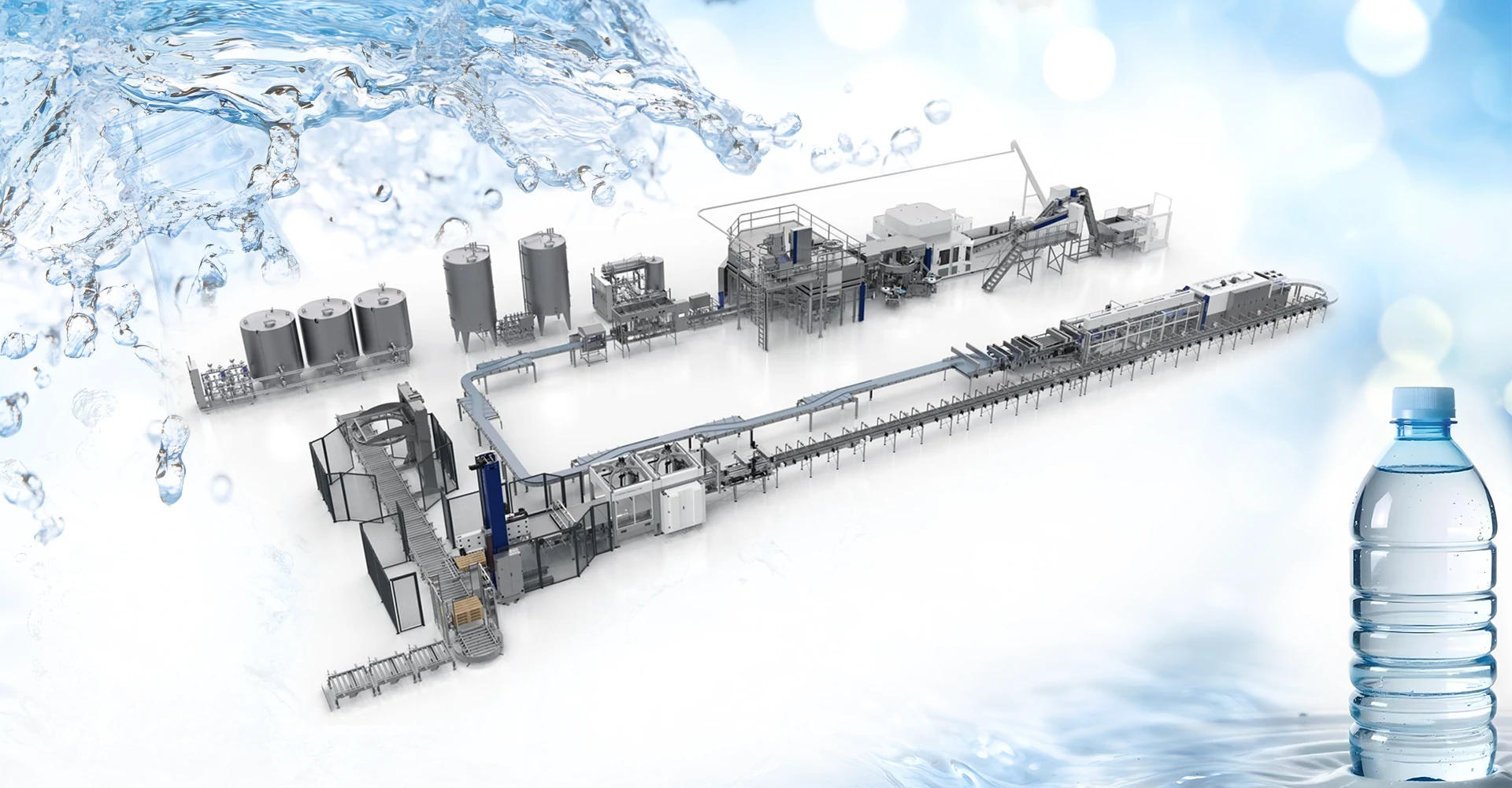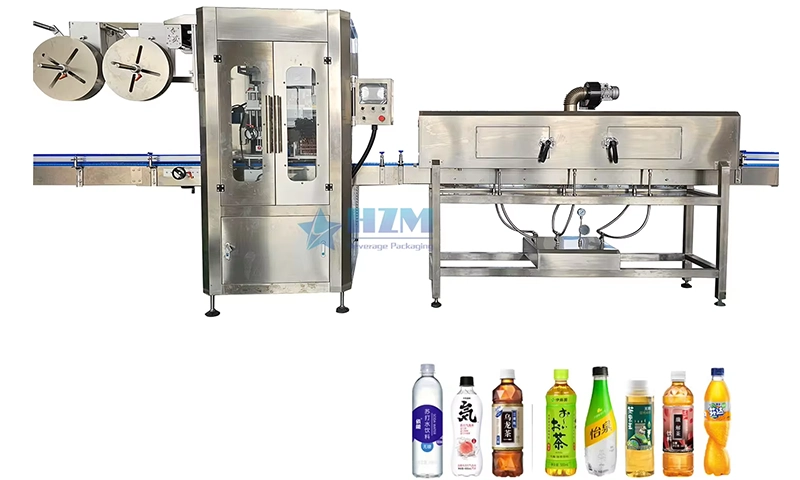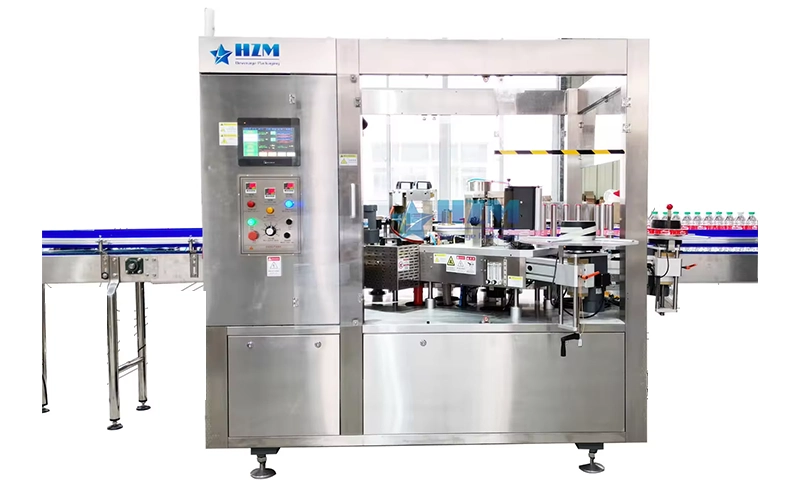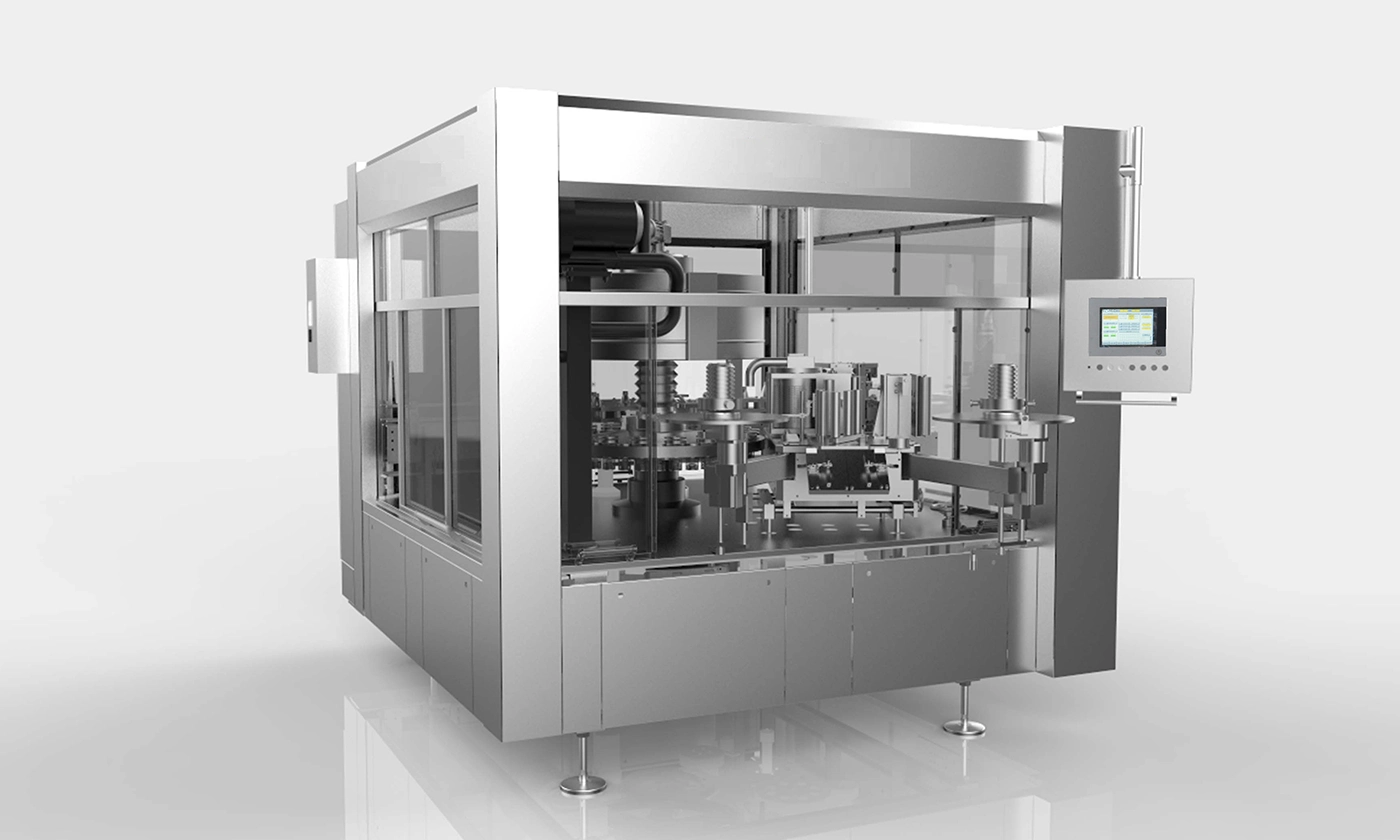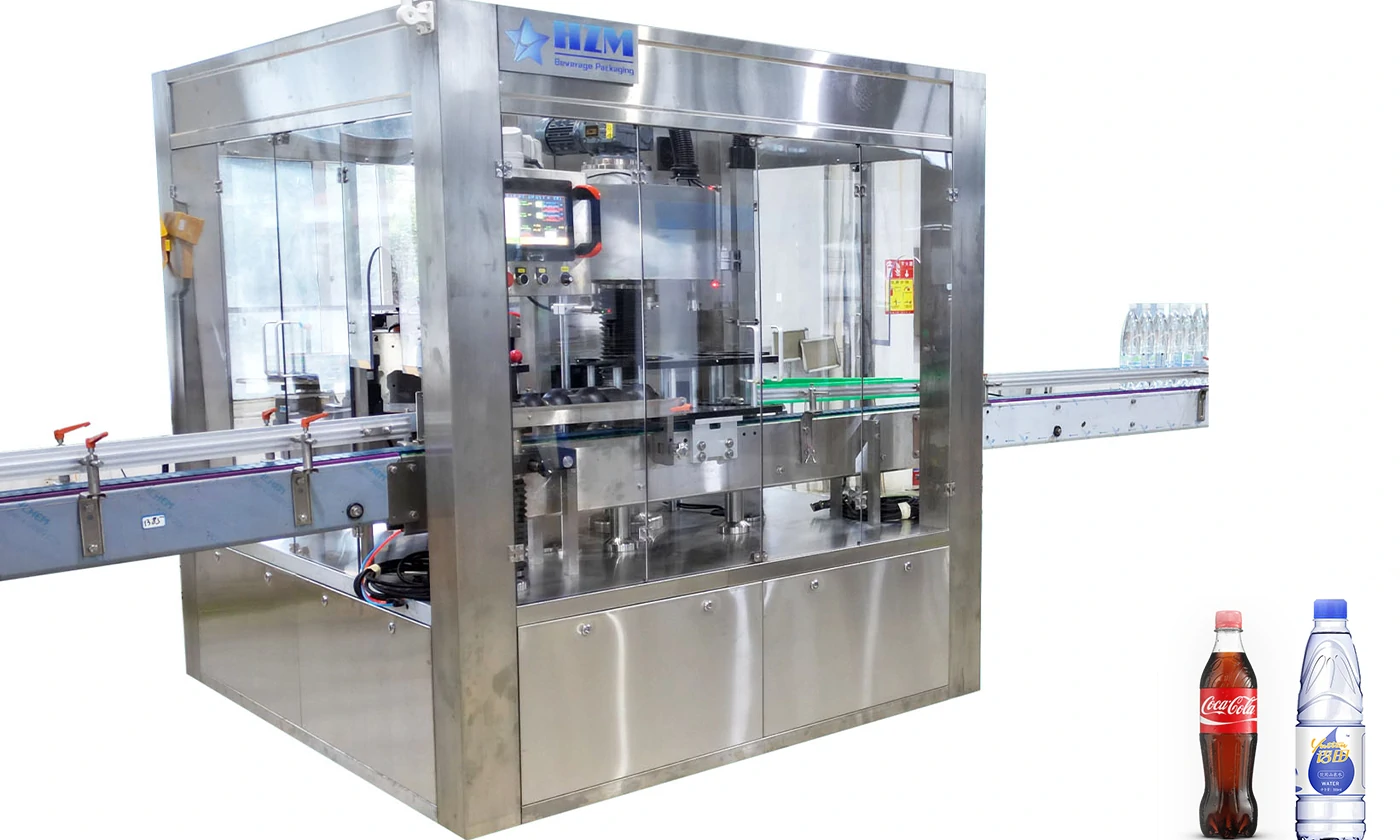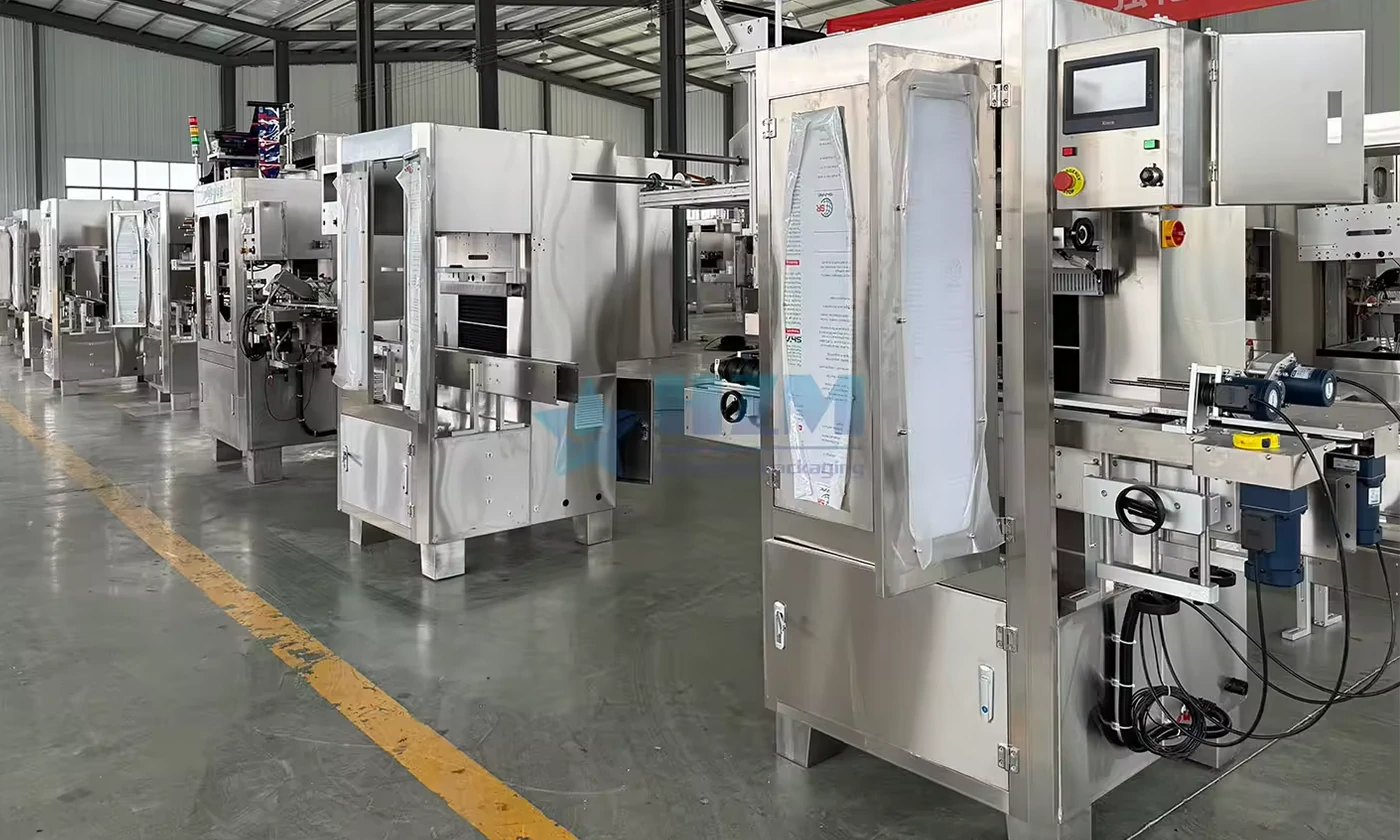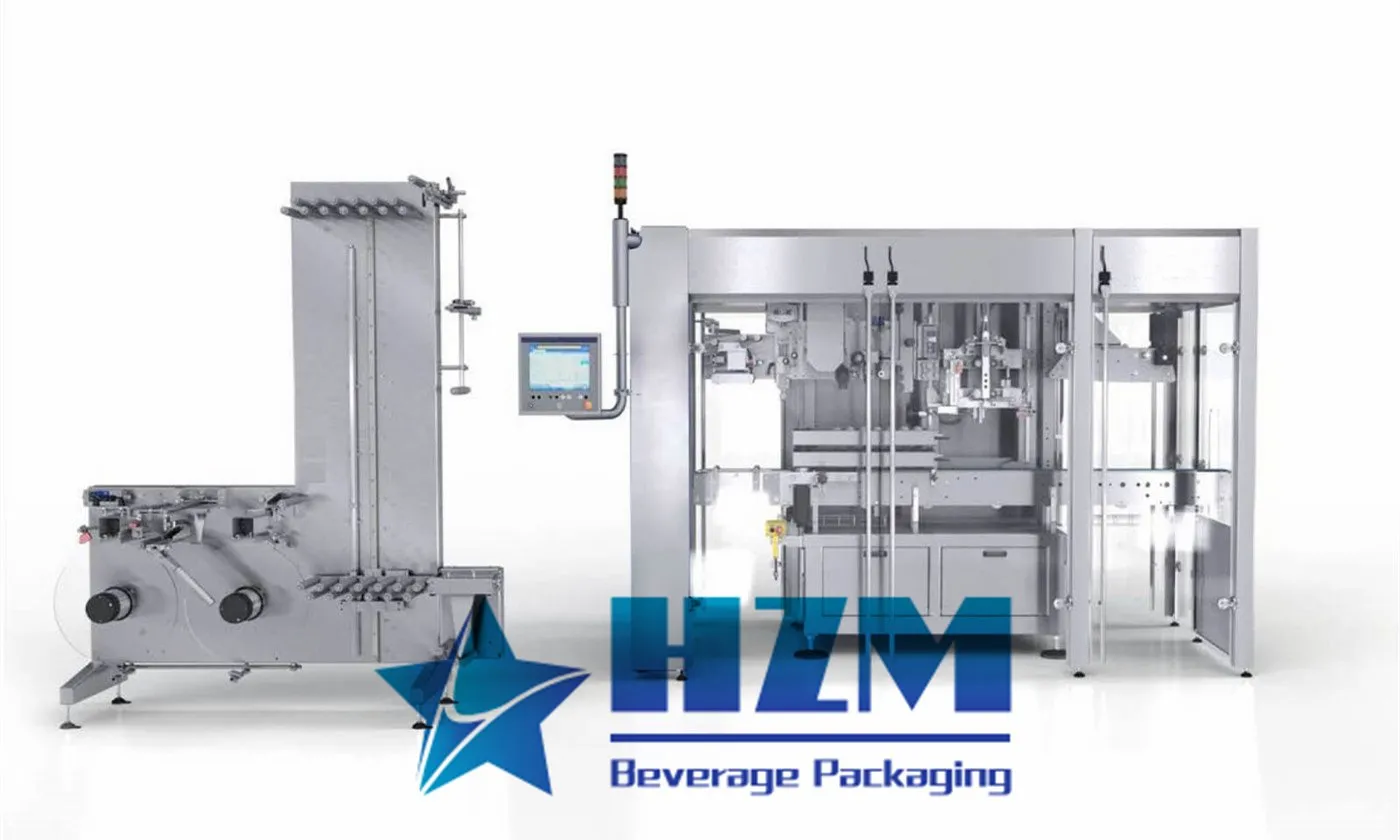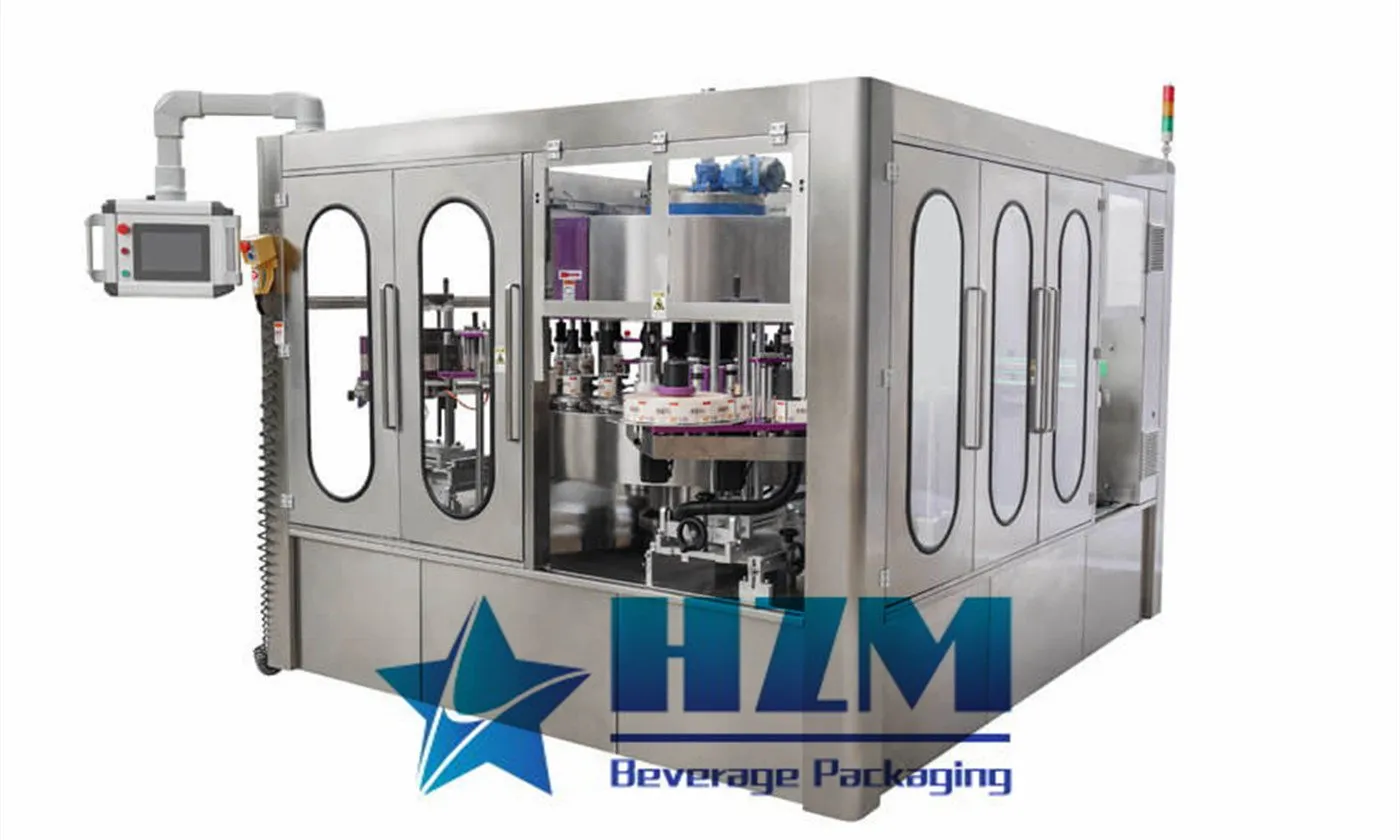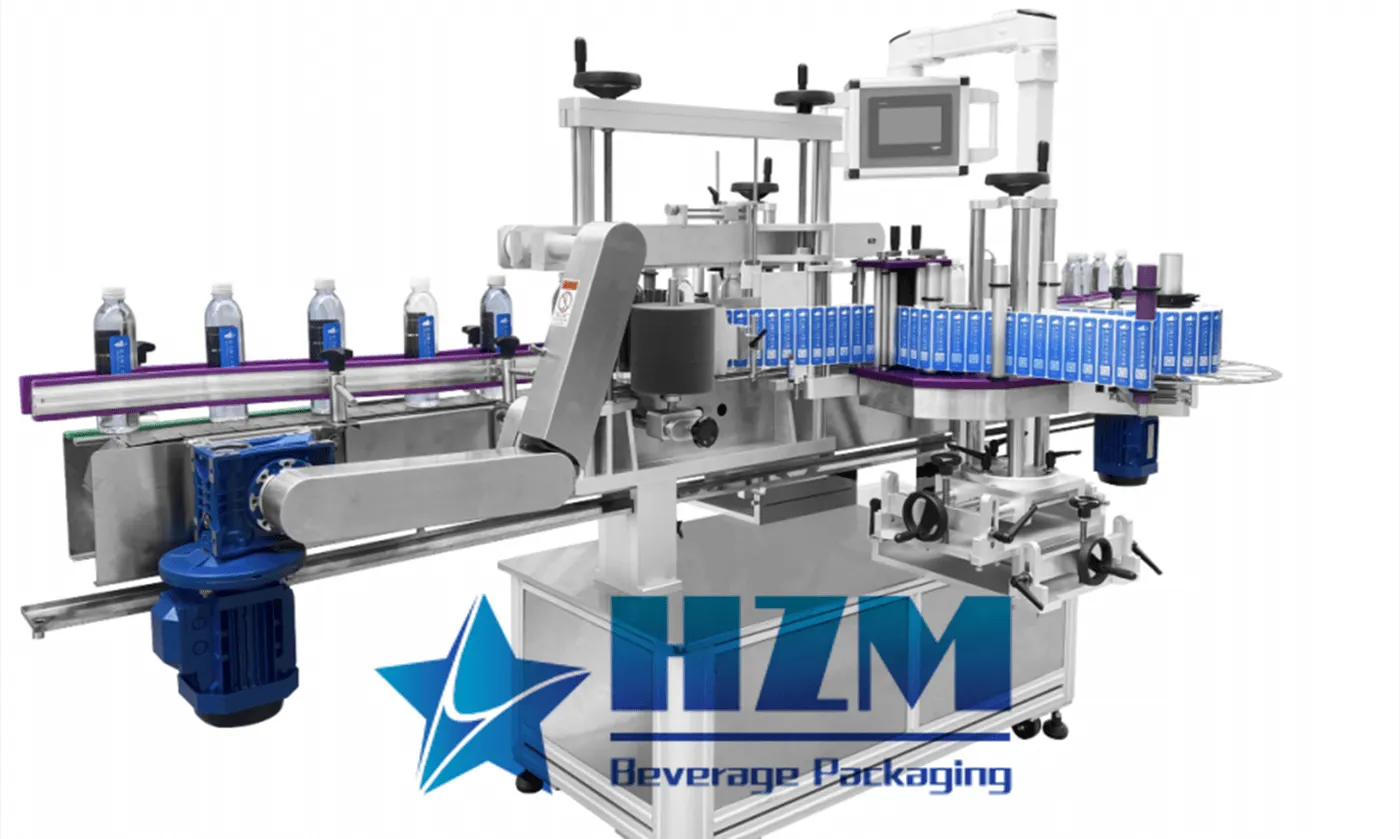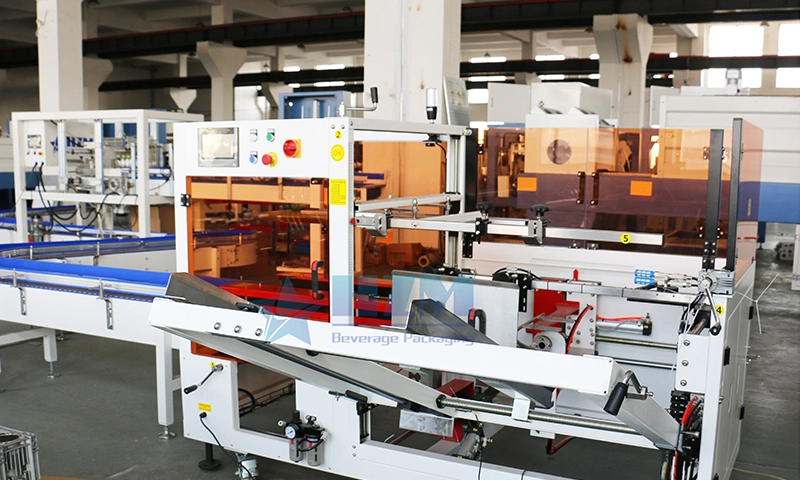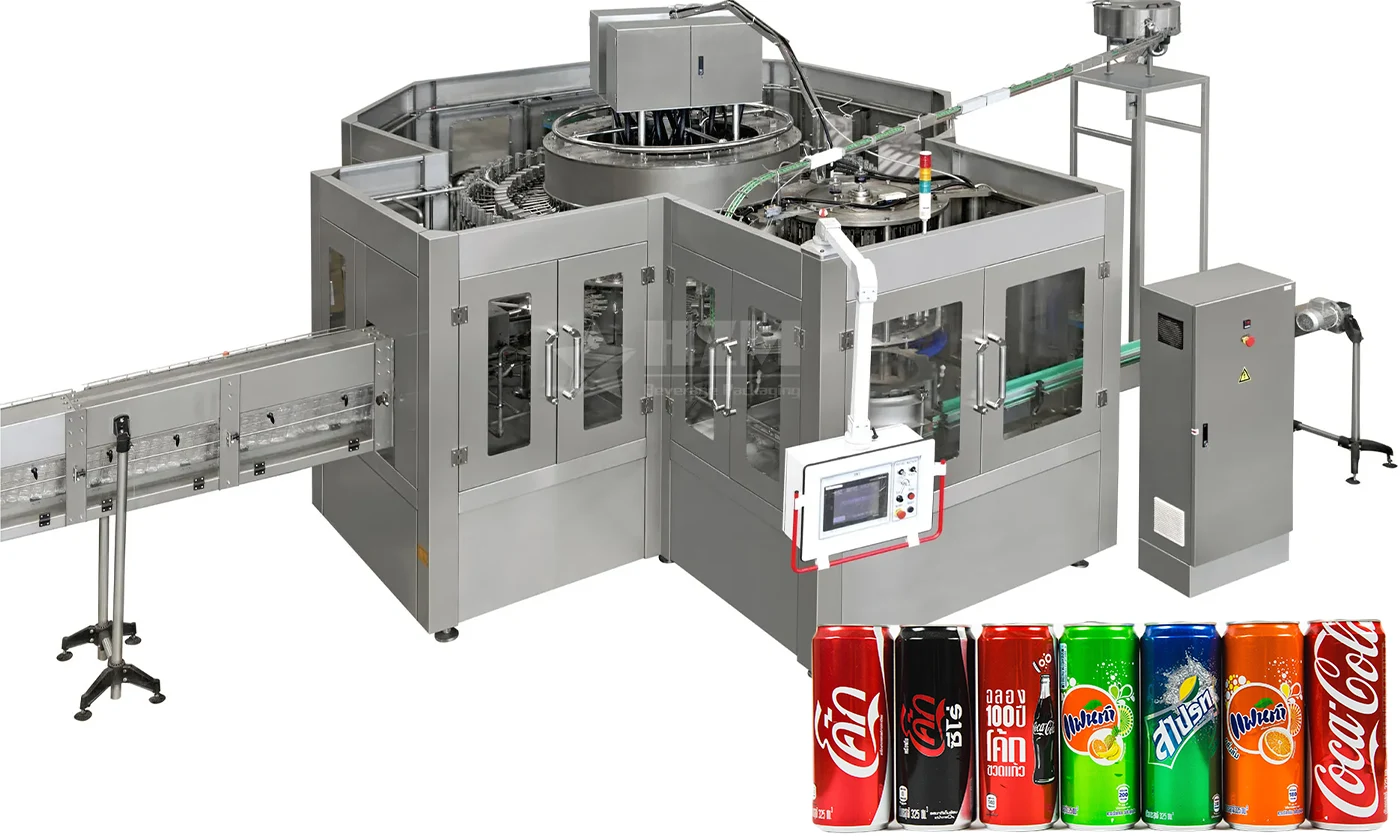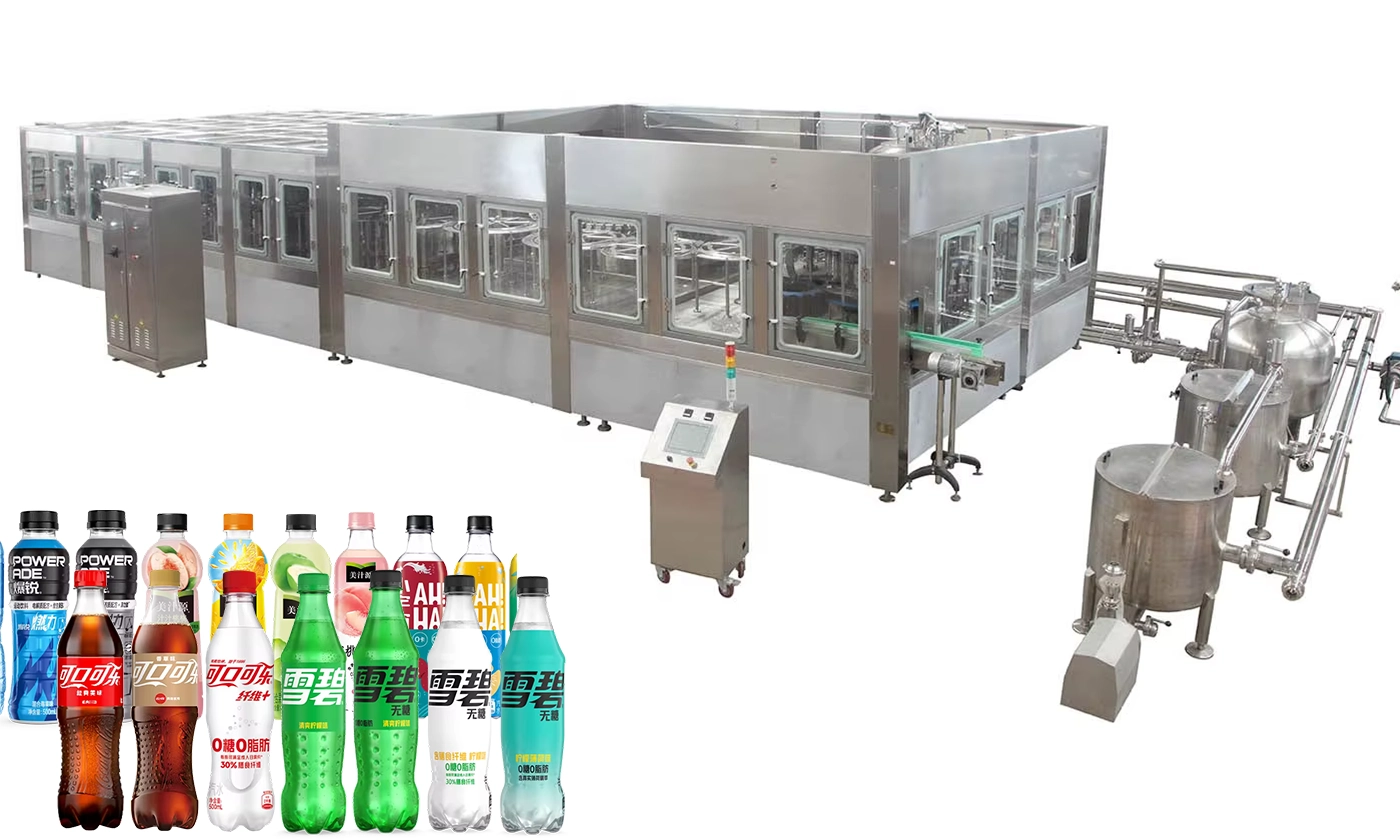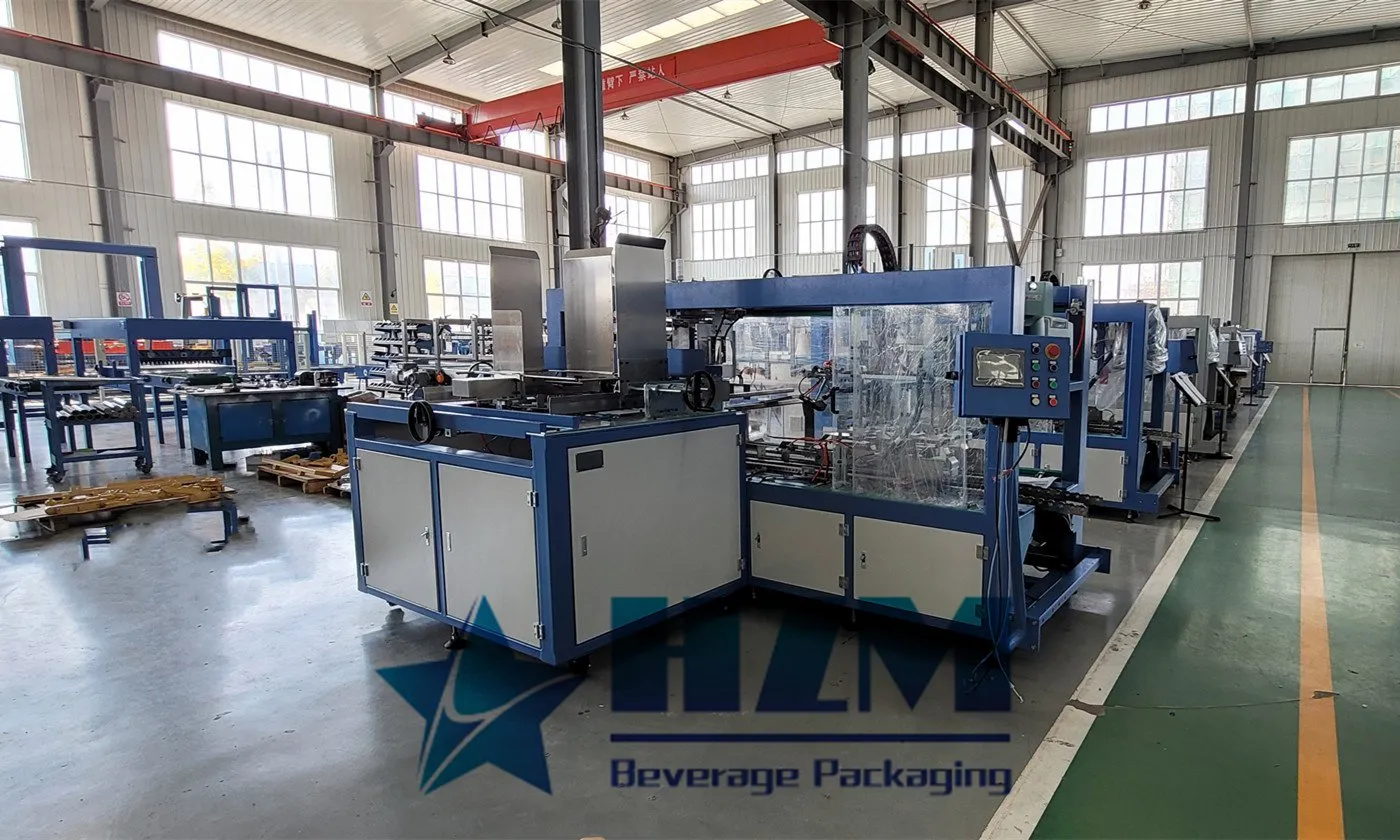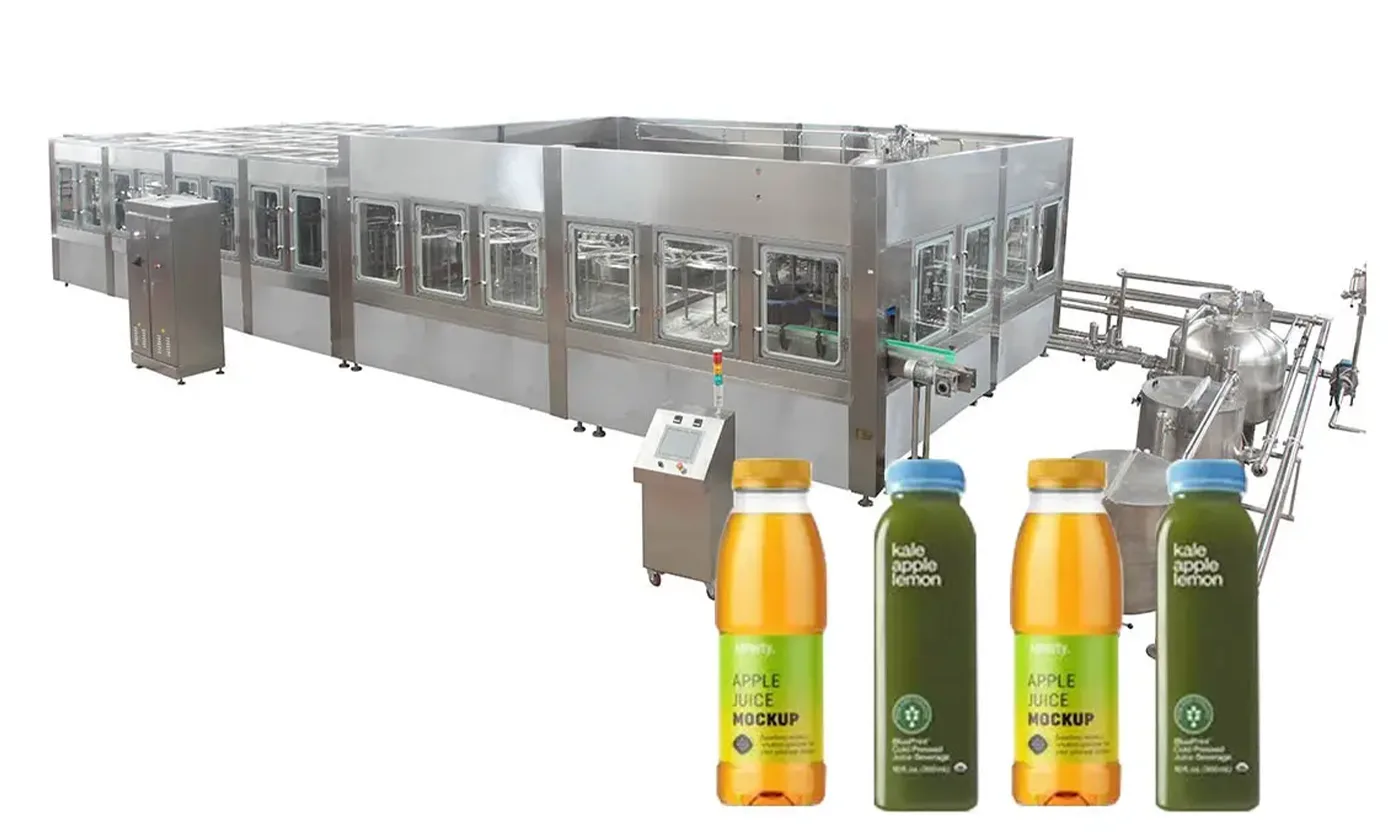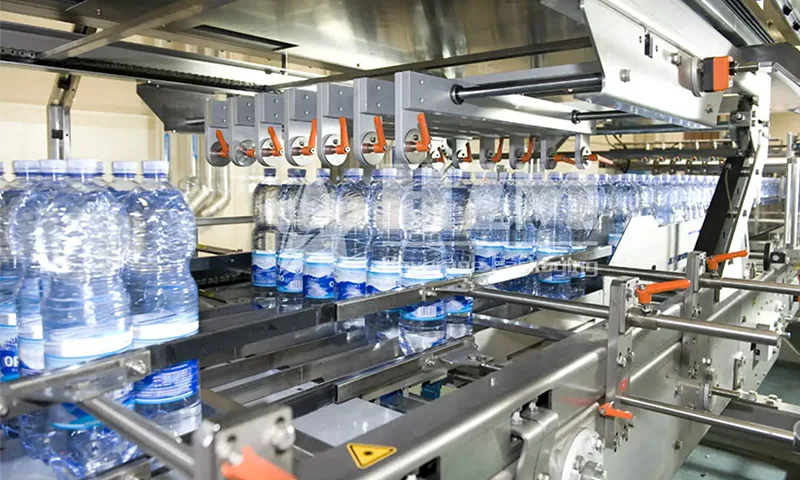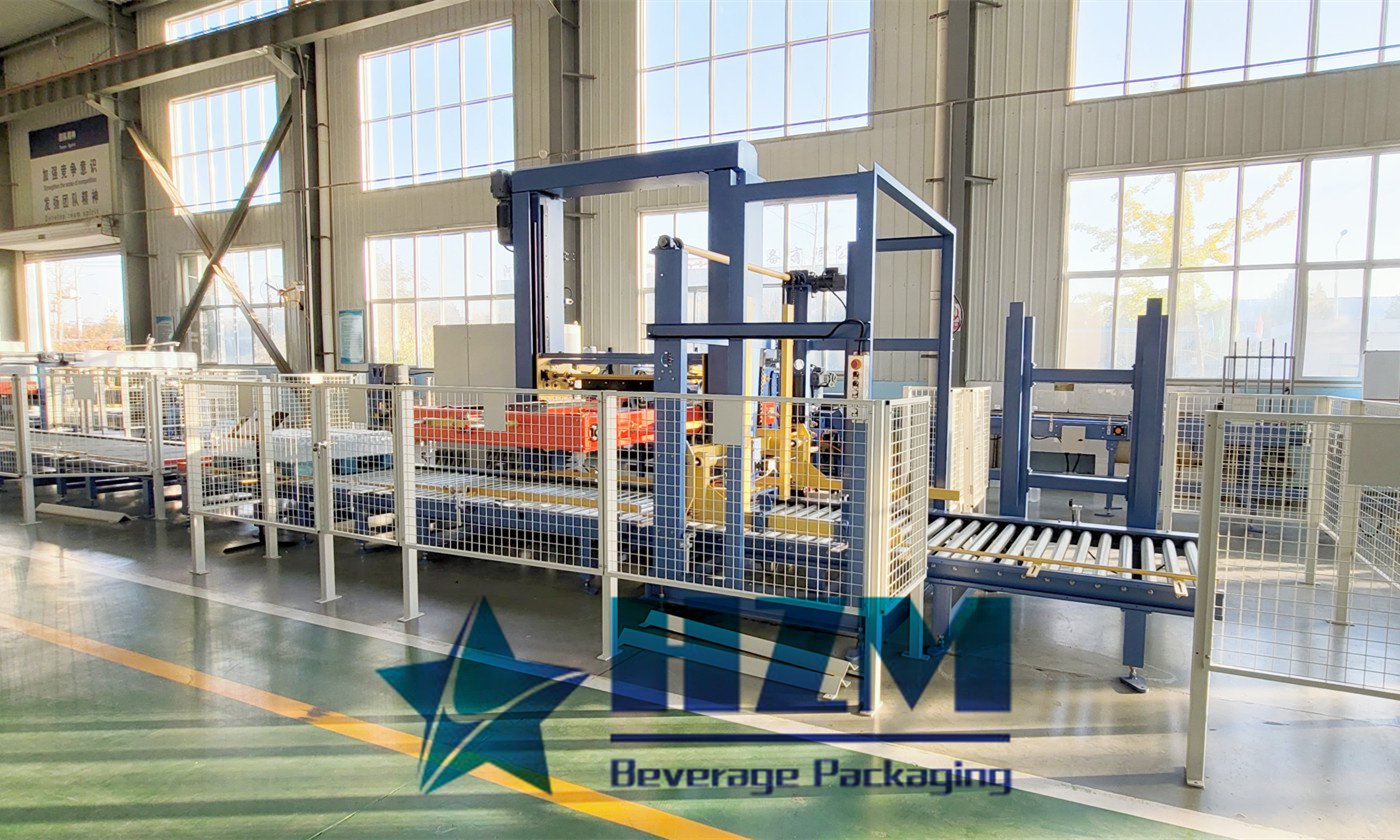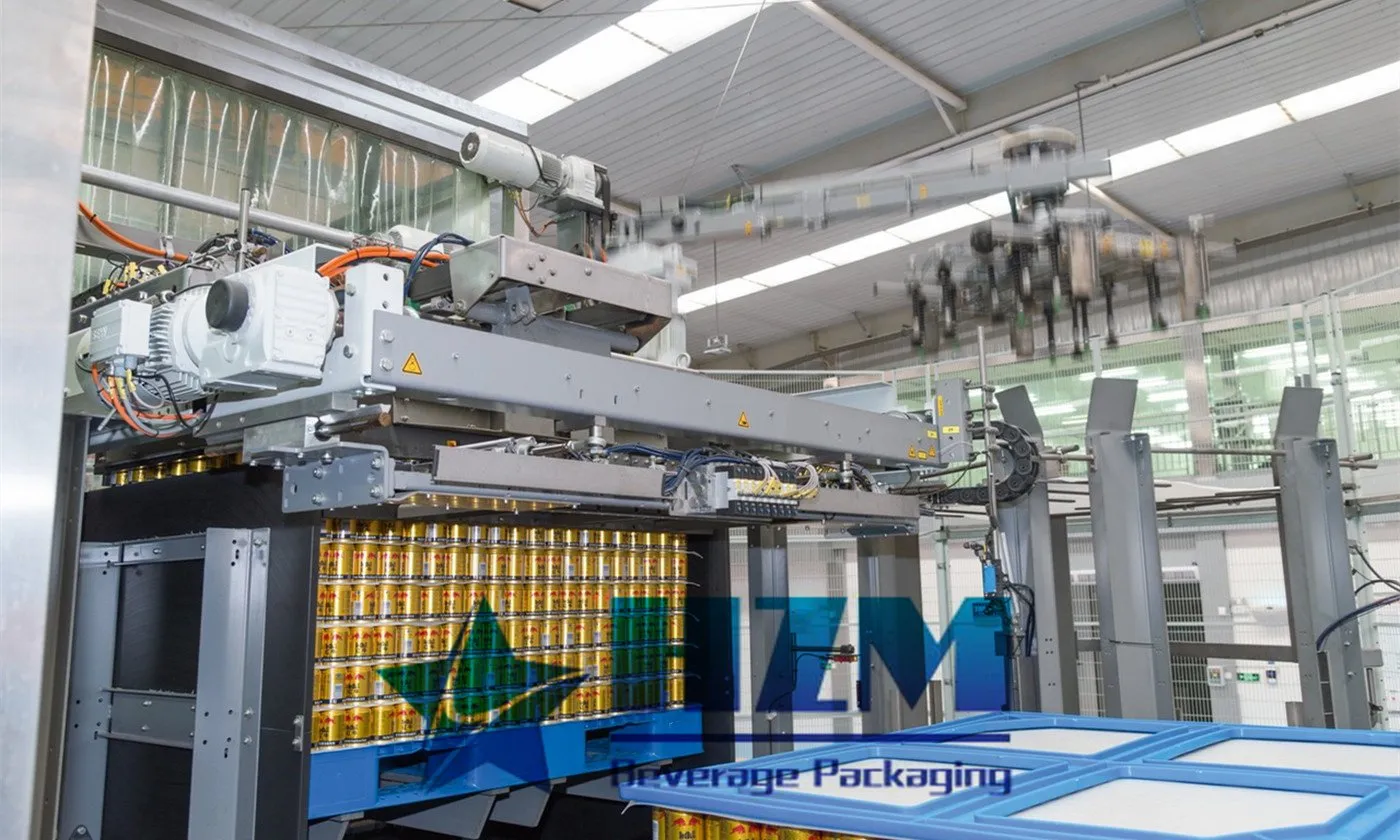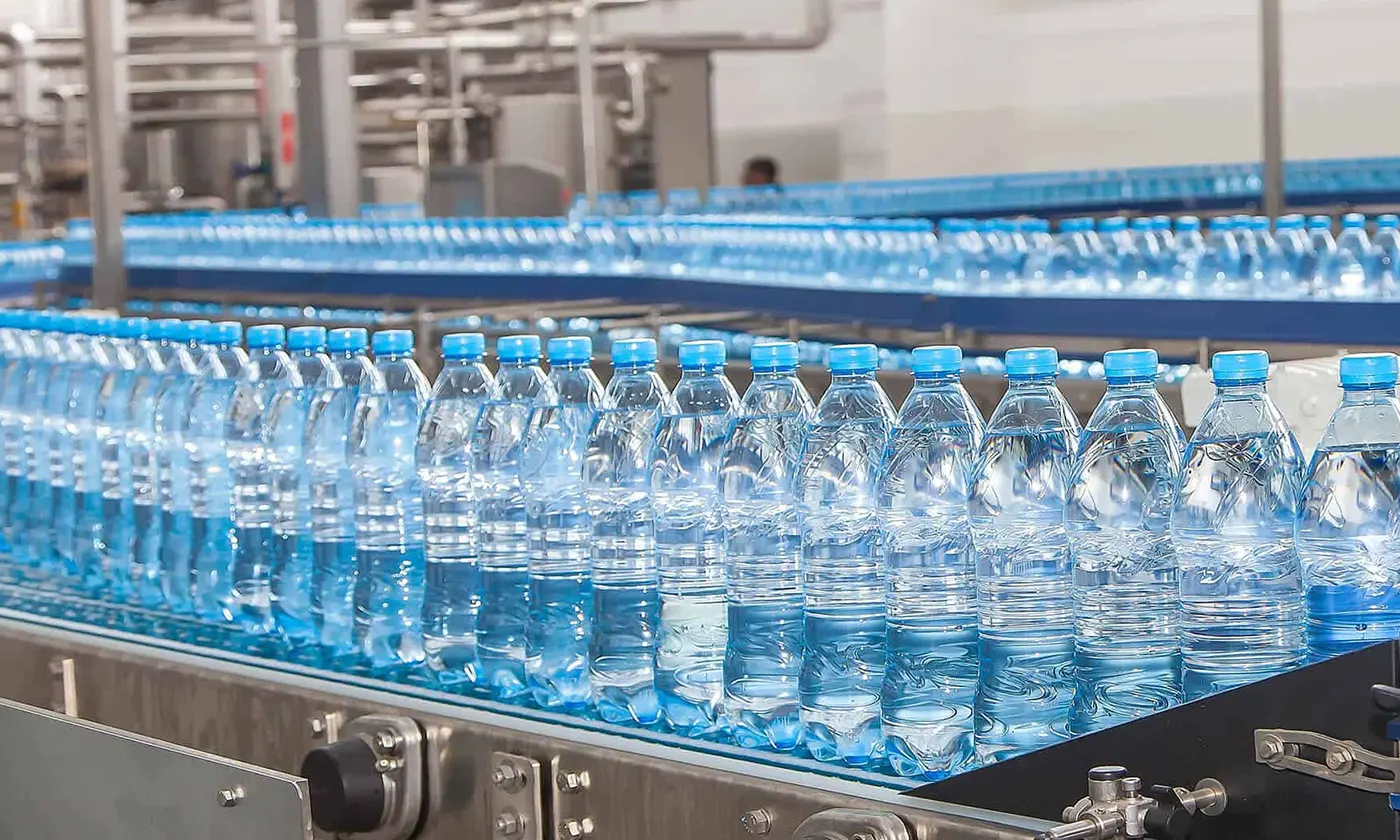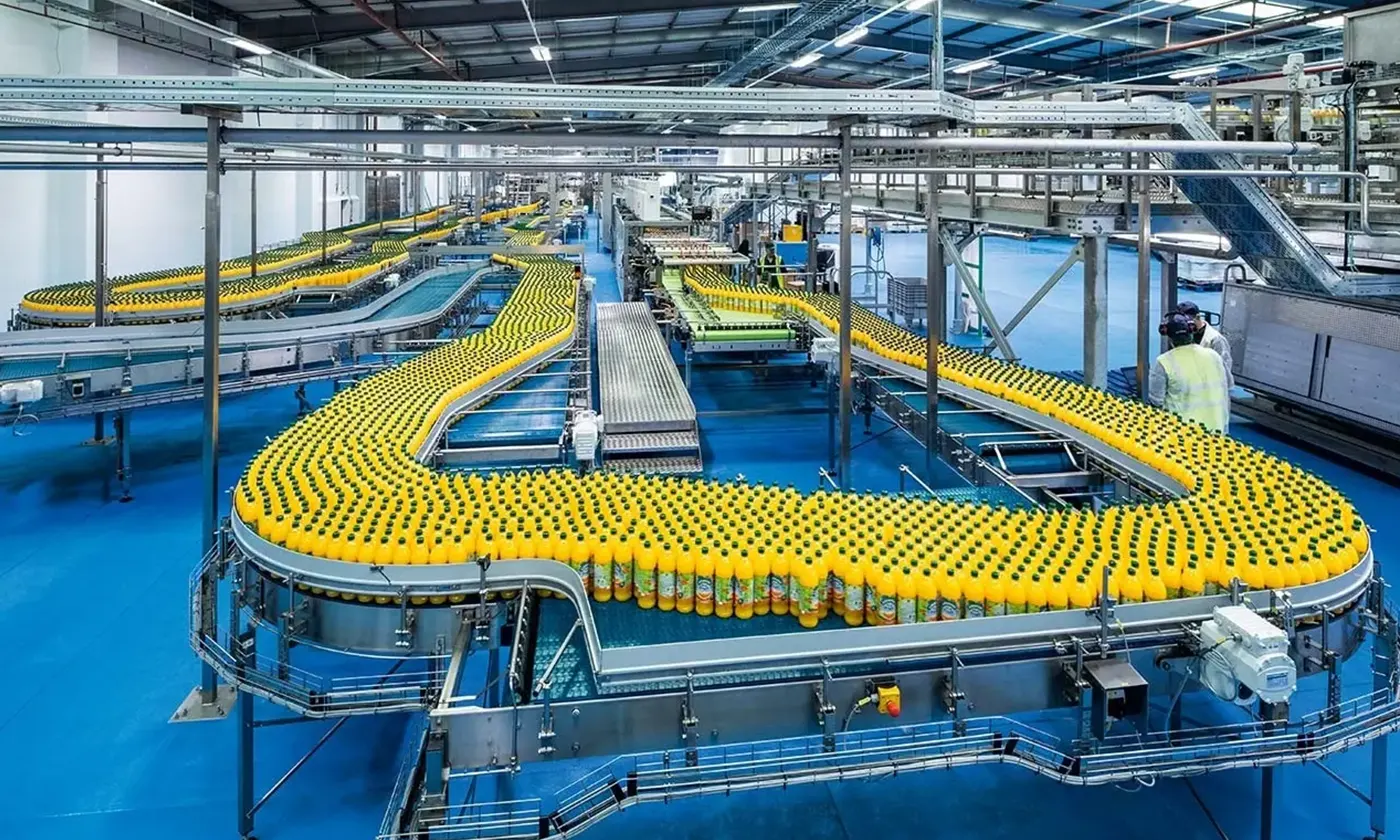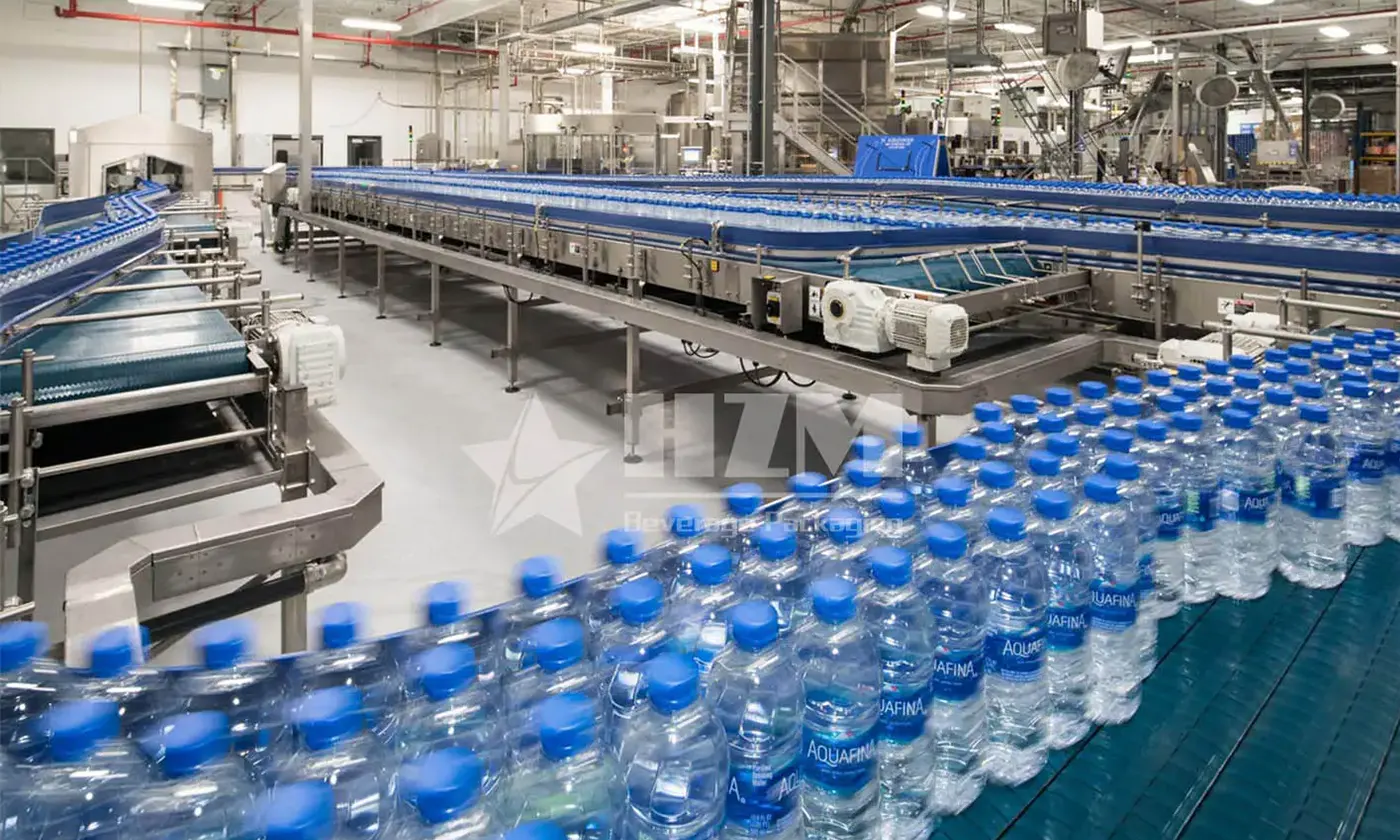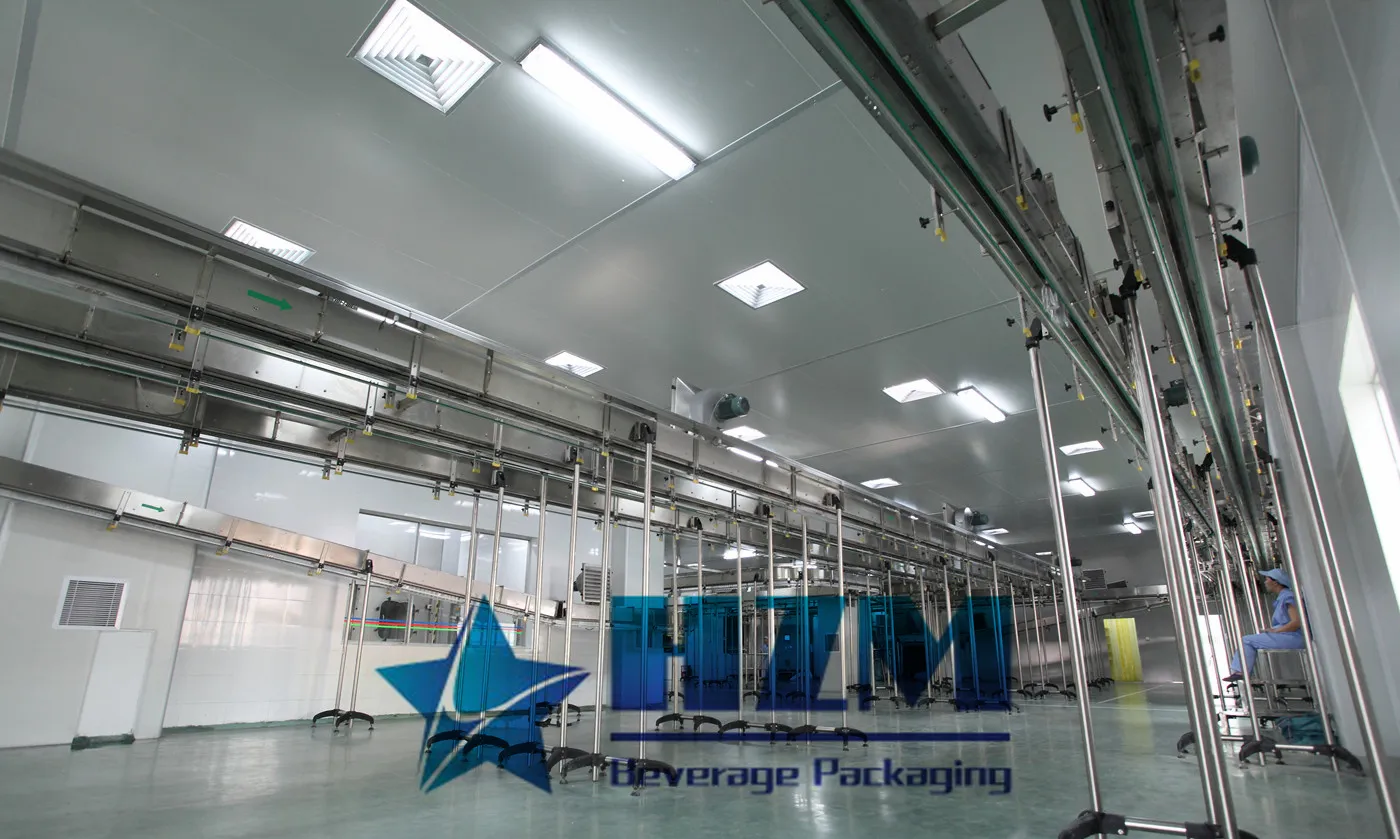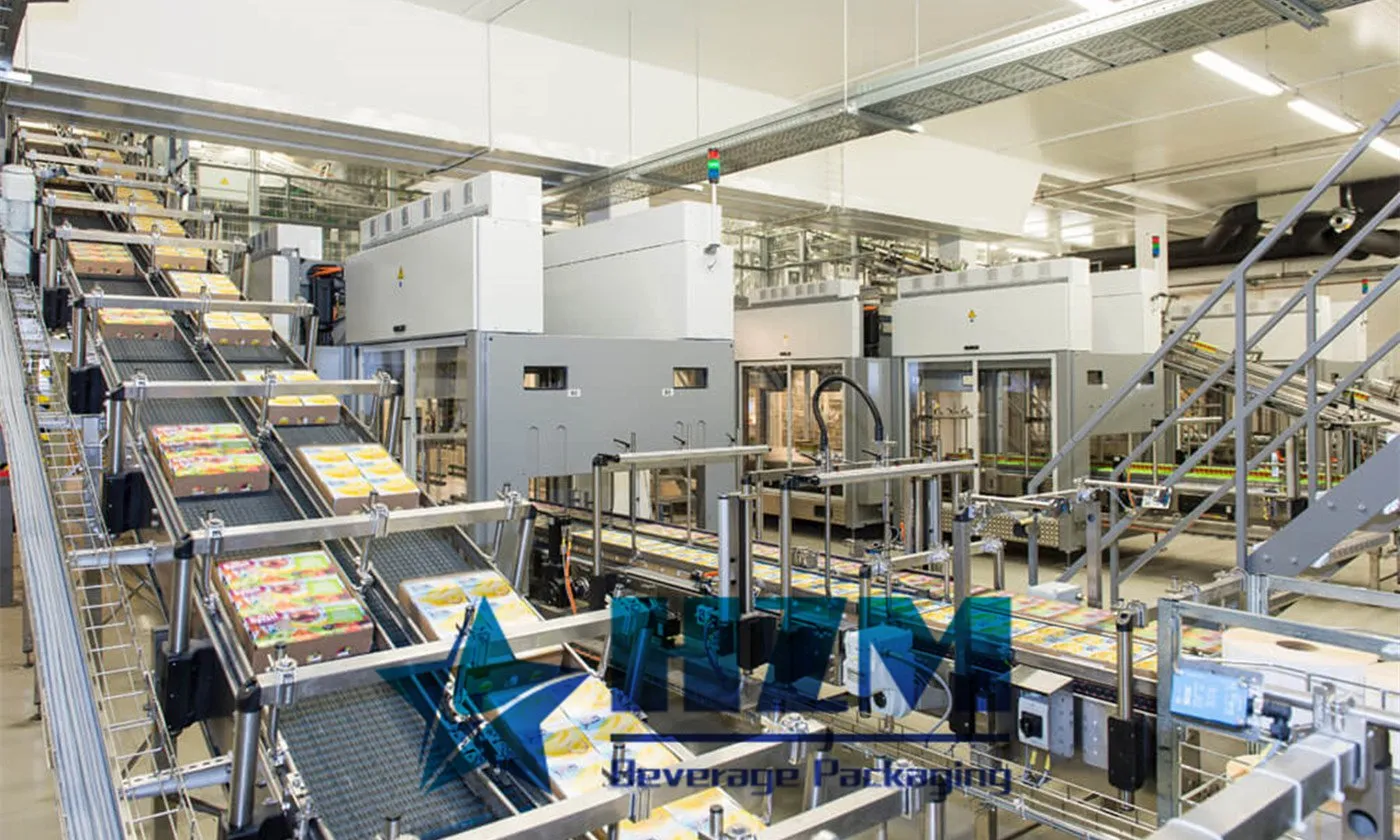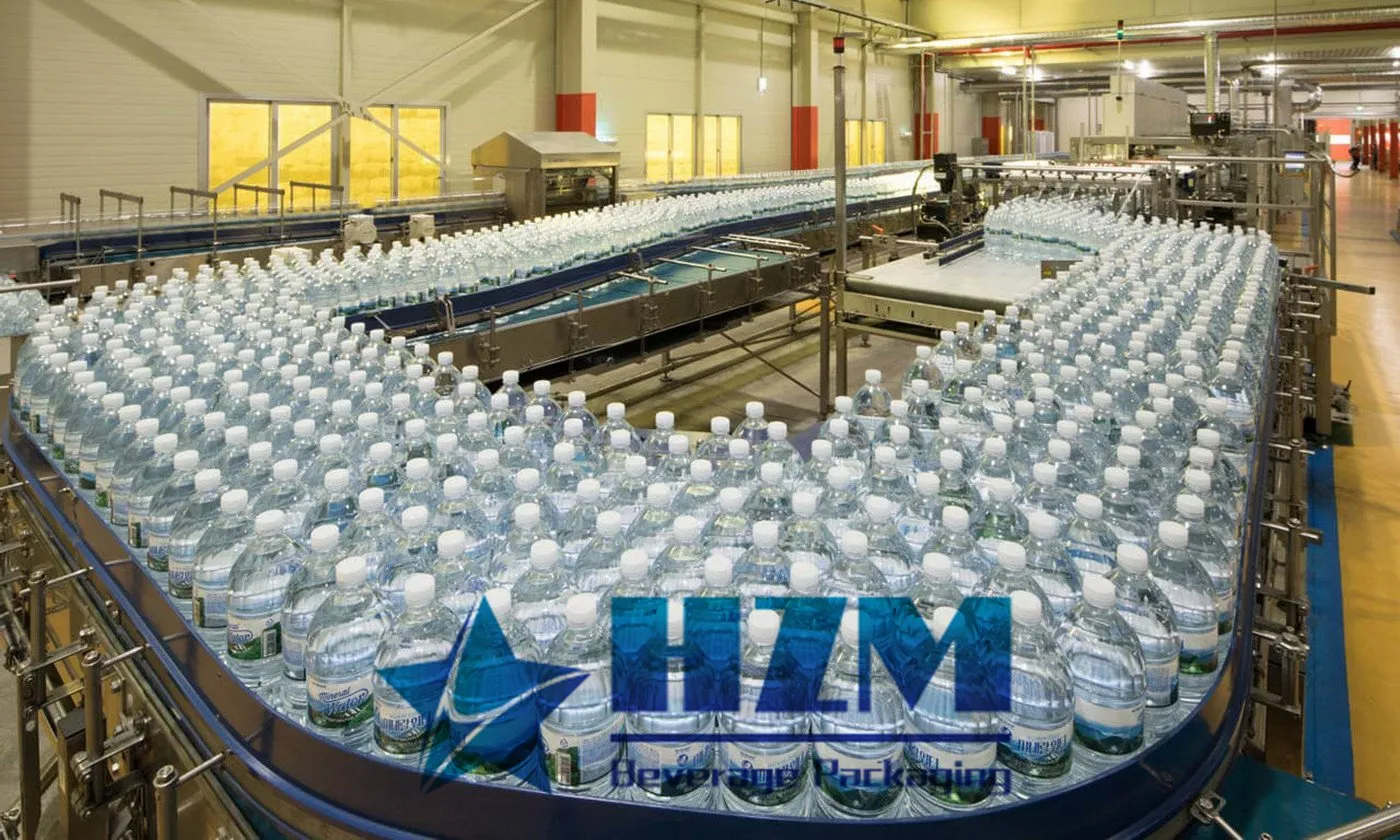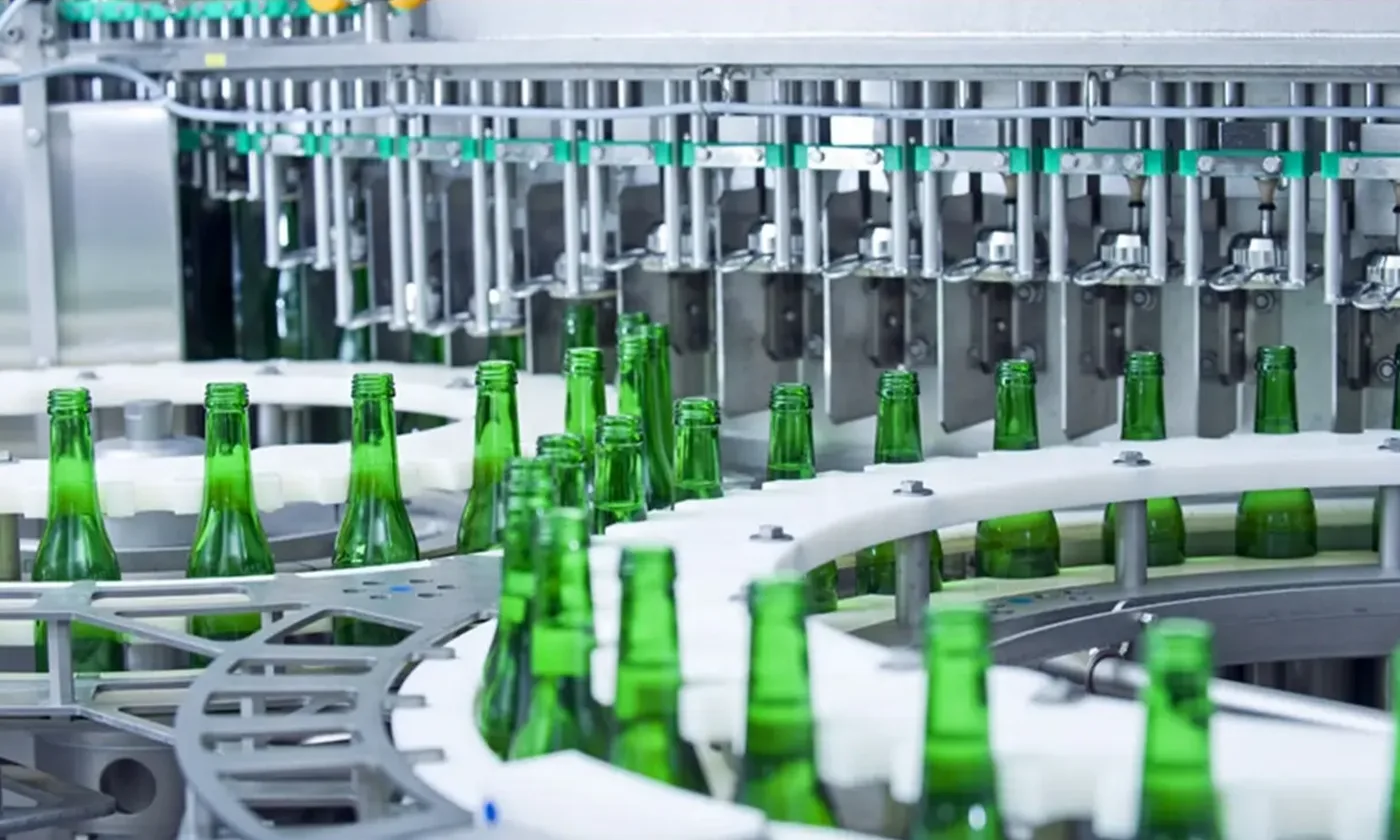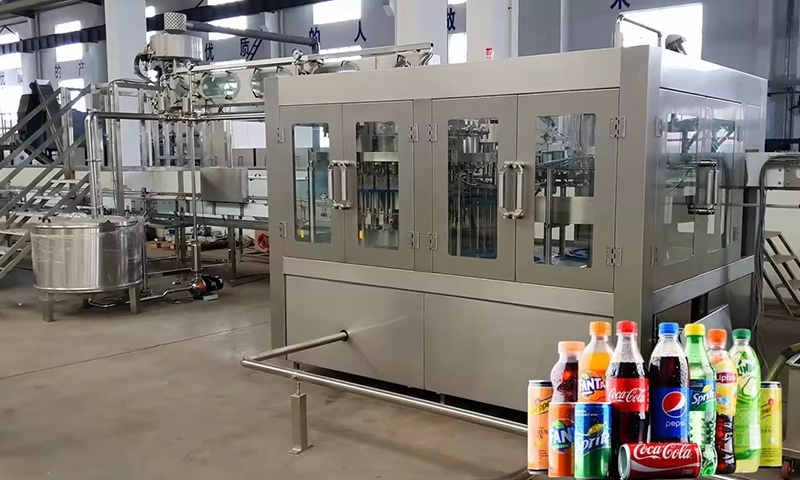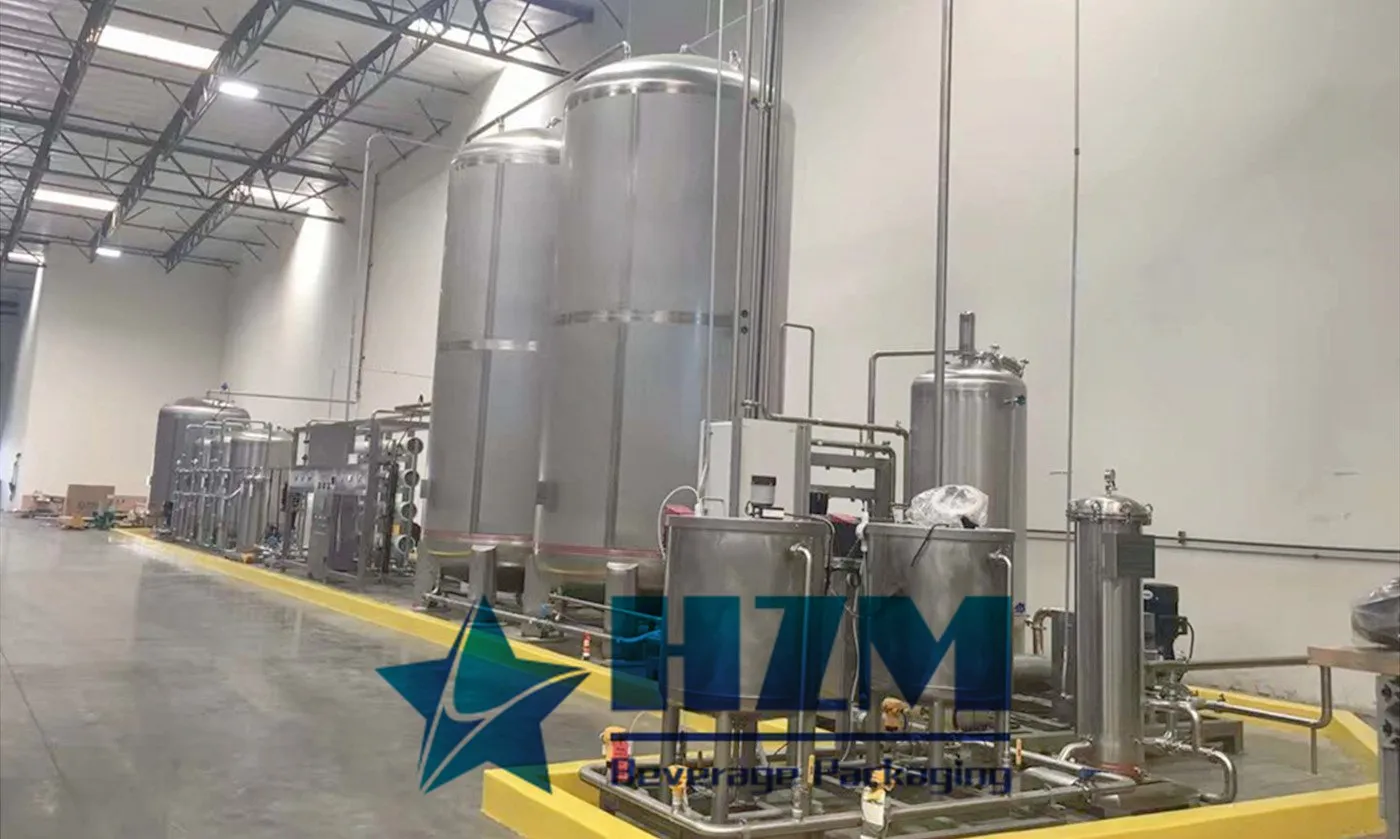
Creating Healthy and Clean Drinking Water with Reverse Osmosis Purification Lines
As demands for the quality of drinking water continue to rise, reverse osmosis purification lines, as an advanced water purification technology, are gradually becoming the mainstream approach to water treatment for drinking purposes.
Reverse osmosis technology employs pressure-driven membrane separation to separate pure water from saline wastewater through a semi-permeable membrane with selective permeability. This process allows pure water to pass through the membrane to one side while leaving saltwater on the other, effectively separating pure water from wastewater. In a reverse osmosis purification line, raw water undergoes pretreatment before entering the reverse osmosis membrane components. Under pressure, impurities, microorganisms, heavy metals, and other harmful substances are removed from the water, resulting in high-quality purified water.
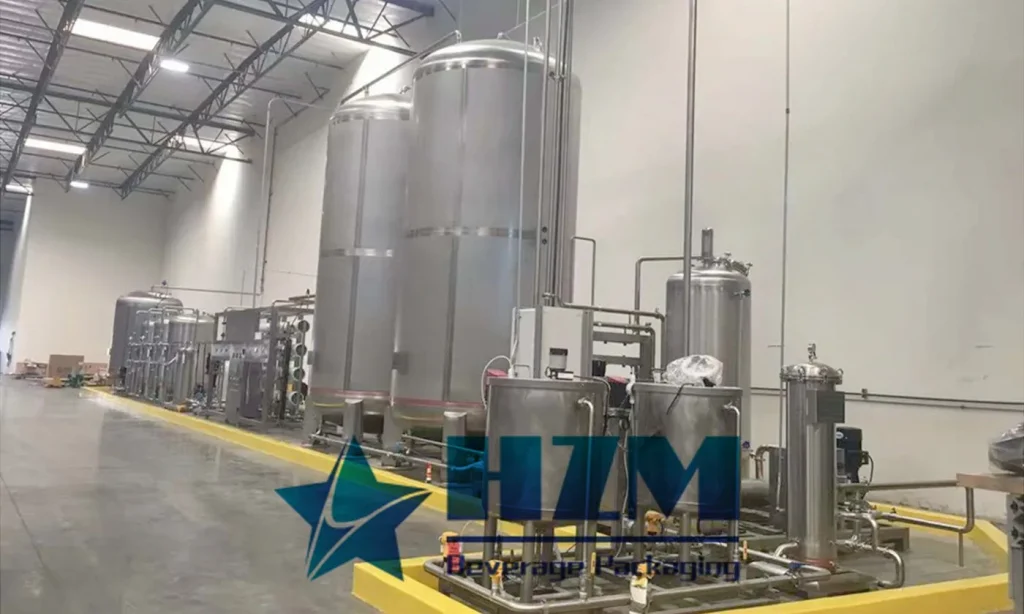
Types of Reverse Osmosis Purification Lines:
1.Classification by processing capacity: Reverse osmosis purification lines are categorized into small, medium, and large-scale production lines. Small-scale lines are suitable for household and small to medium-sized commercial purposes, while medium and large-scale lines are suitable for large commercial and industrial purposes.
2.Classification by process flow: Reverse osmosis purification lines can be categorized into primary reverse osmosis, secondary reverse osmosis, and multi-stage reverse osmosis production lines. Primary reverse osmosis is suitable for situations with fewer impurities in the raw water, secondary reverse osmosis for situations with more impurities, and multi-stage reverse osmosis for cases with exceptionally high water quality requirements.
3.Classification by function: Reverse osmosis purification lines can be divided into conventional and specialty reverse osmosis production lines. Conventional lines are primarily used to remove impurities and salts from water, while specialty lines can target specific substances like heavy metals or organic compounds based on different requirements.
Reverse osmosis purification lines effectively remove impurities, microorganisms, heavy metals, and other harmful substances from water, producing high-quality purified water. The technology operates on pressure without the use of chemical agents, resulting in low environmental impact and energy consumption. It can be automated to reduce manual operation costs and is applicable to various water sources such as rivers, lakes, and wells, with a wide range of applications. Reverse osmosis membrane components have long lifespans, low maintenance costs, and are easy to operate.
TAG: RO Water Treatment System Water treatment system
-
![Core Selling Points of Glass Bottle CSD Filling & Capping Line]()
Core Selling Points of Glass Bottle CSD Filling & Capping Line
-
![Customizable beverage filling system]()
Customizable beverage filling system
-
![Differences Between Hot Filling and Cold Filling in Beverage Filling Machines]()
Differences Between Hot Filling and Cold Filling in Beverage Filling Machines
-
![Selecting a Dedicated RO Reverse Osmosis Water Treatment System for a Purified Water Beverage Production Line]()
Selecting a Dedicated RO Reverse Osmosis Water Treatment System for a Purified Water Beverage Production Line
-
![How Fast Is the Labeling Speed of Tea Beverage Packaging Machines?]()
How Fast Is the Labeling Speed of Tea Beverage Packaging Machines?


